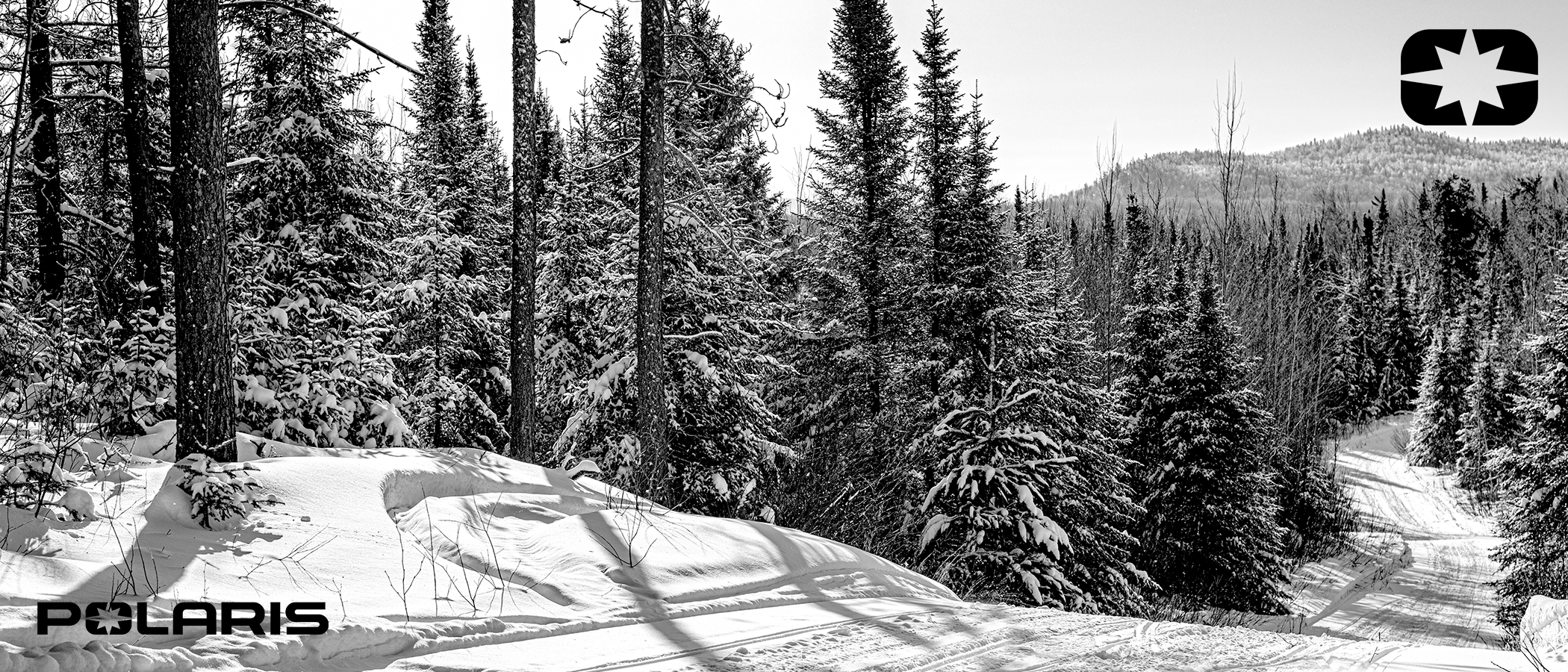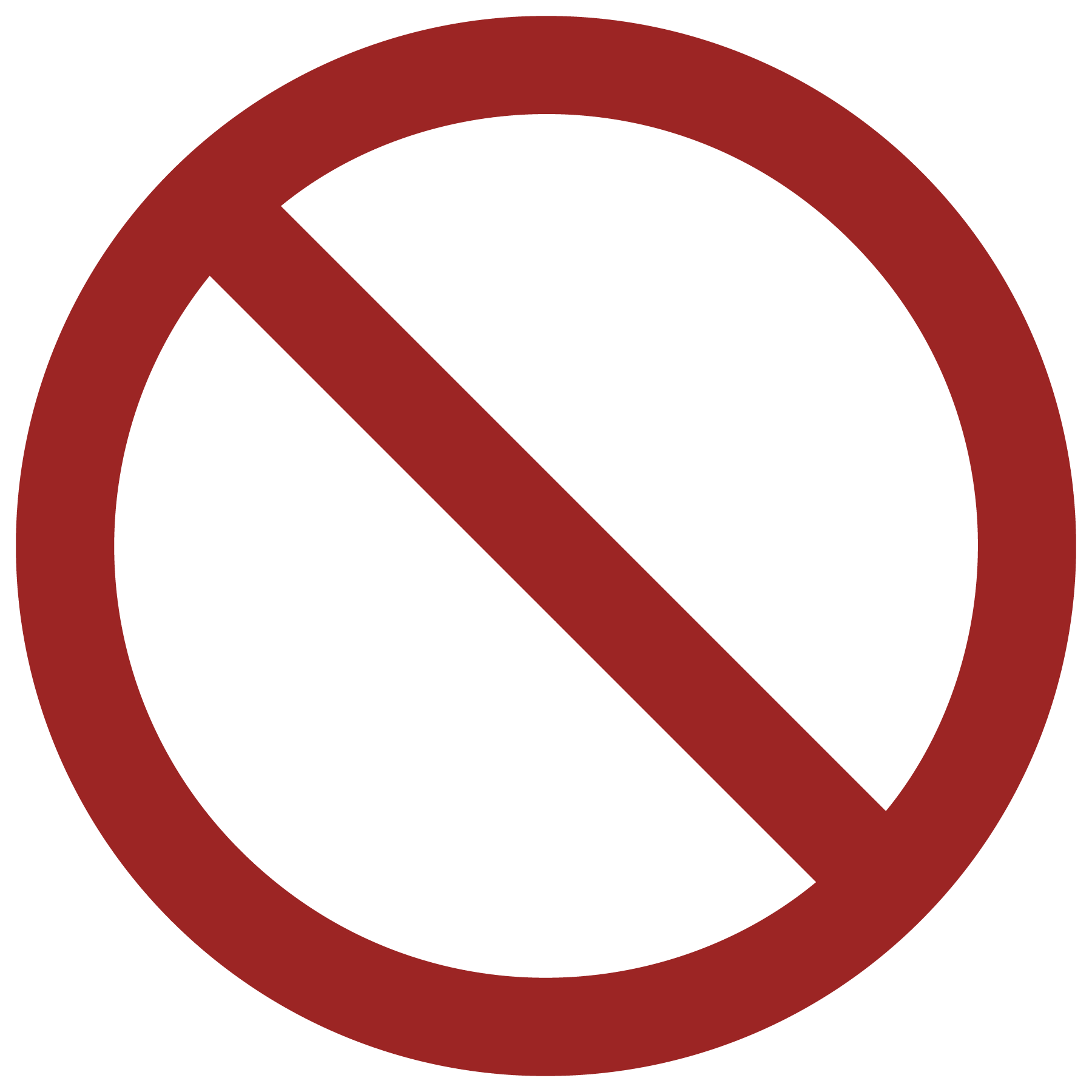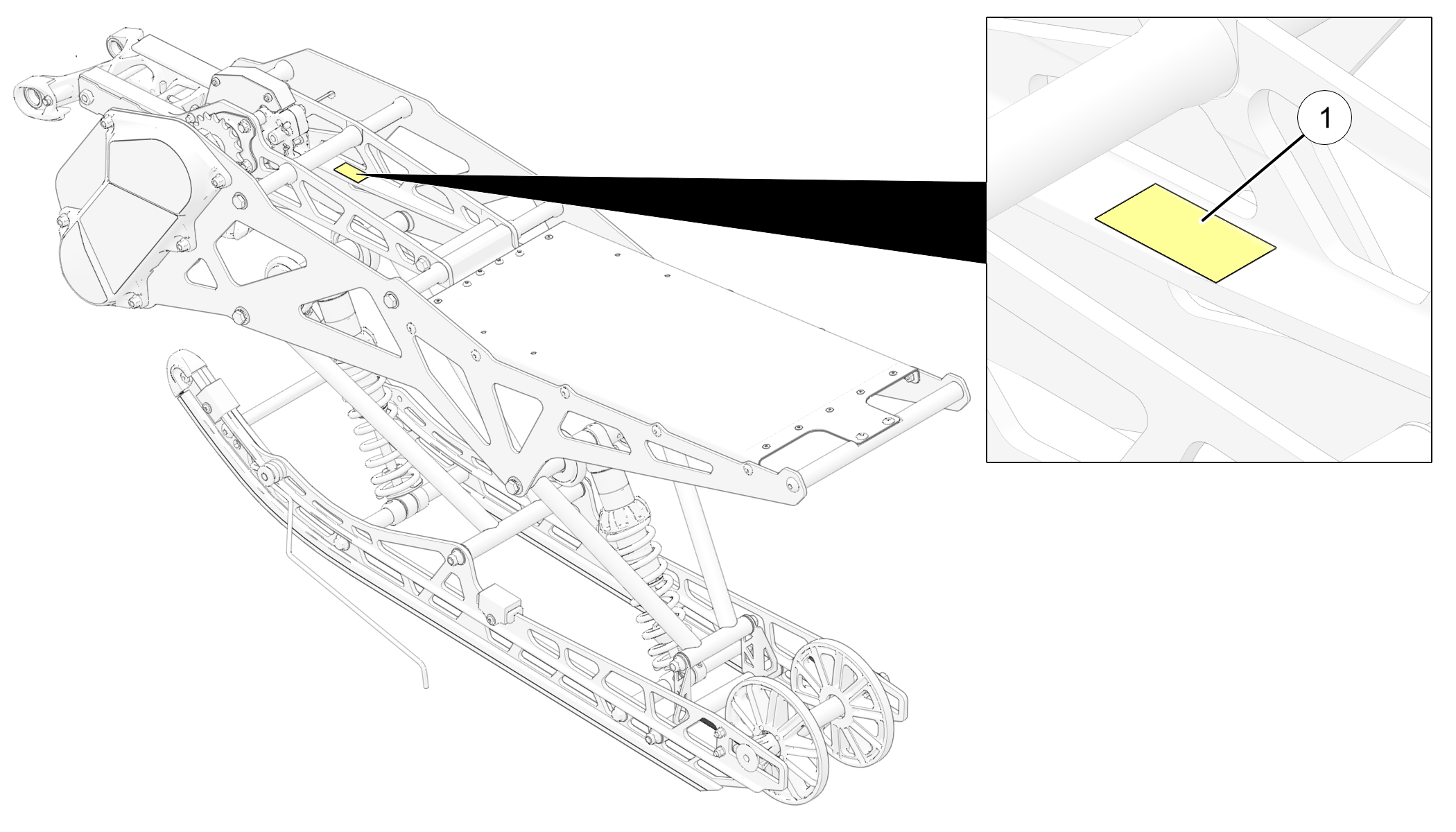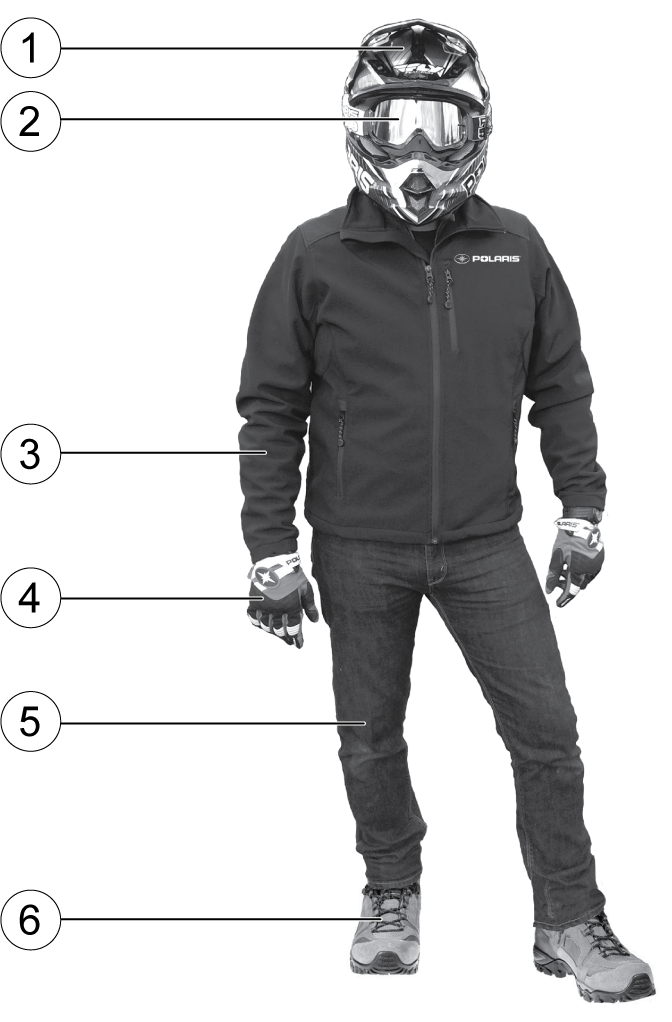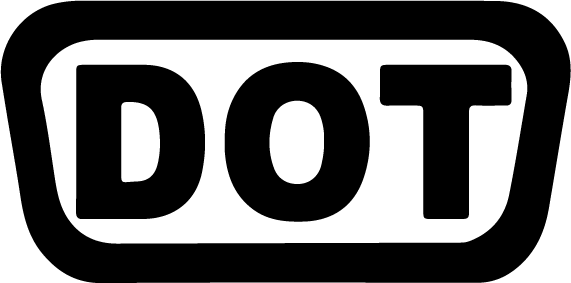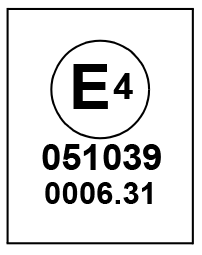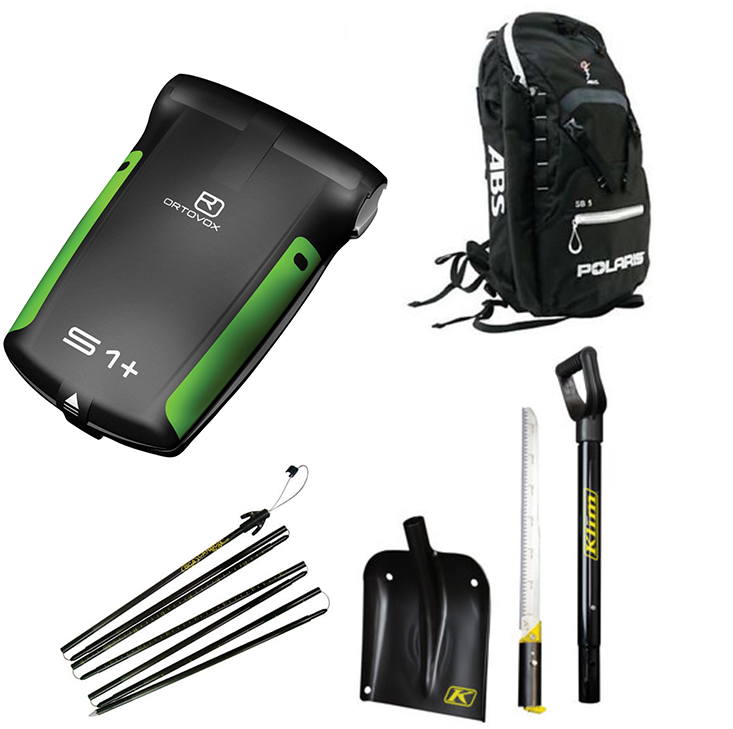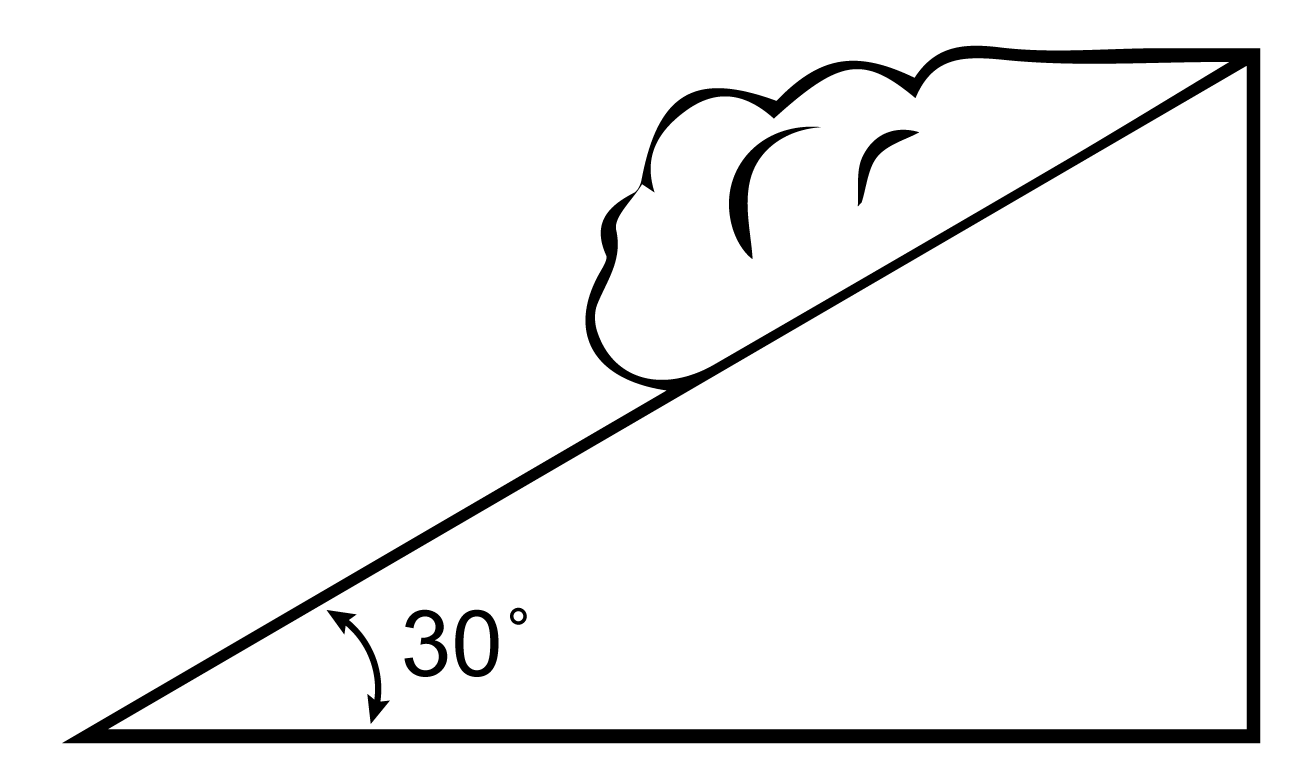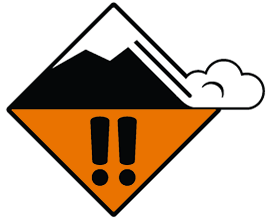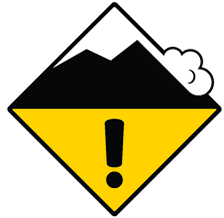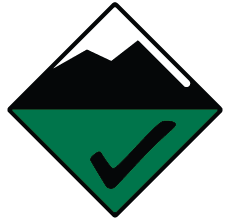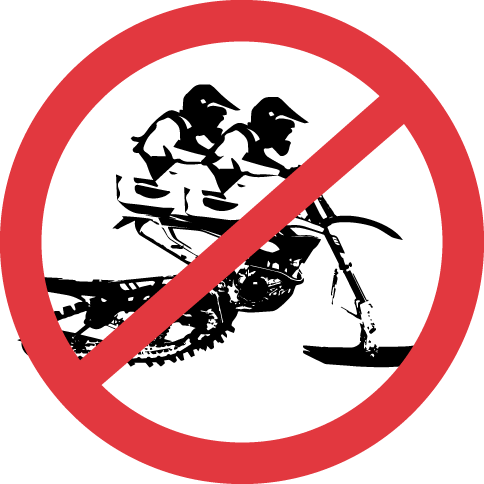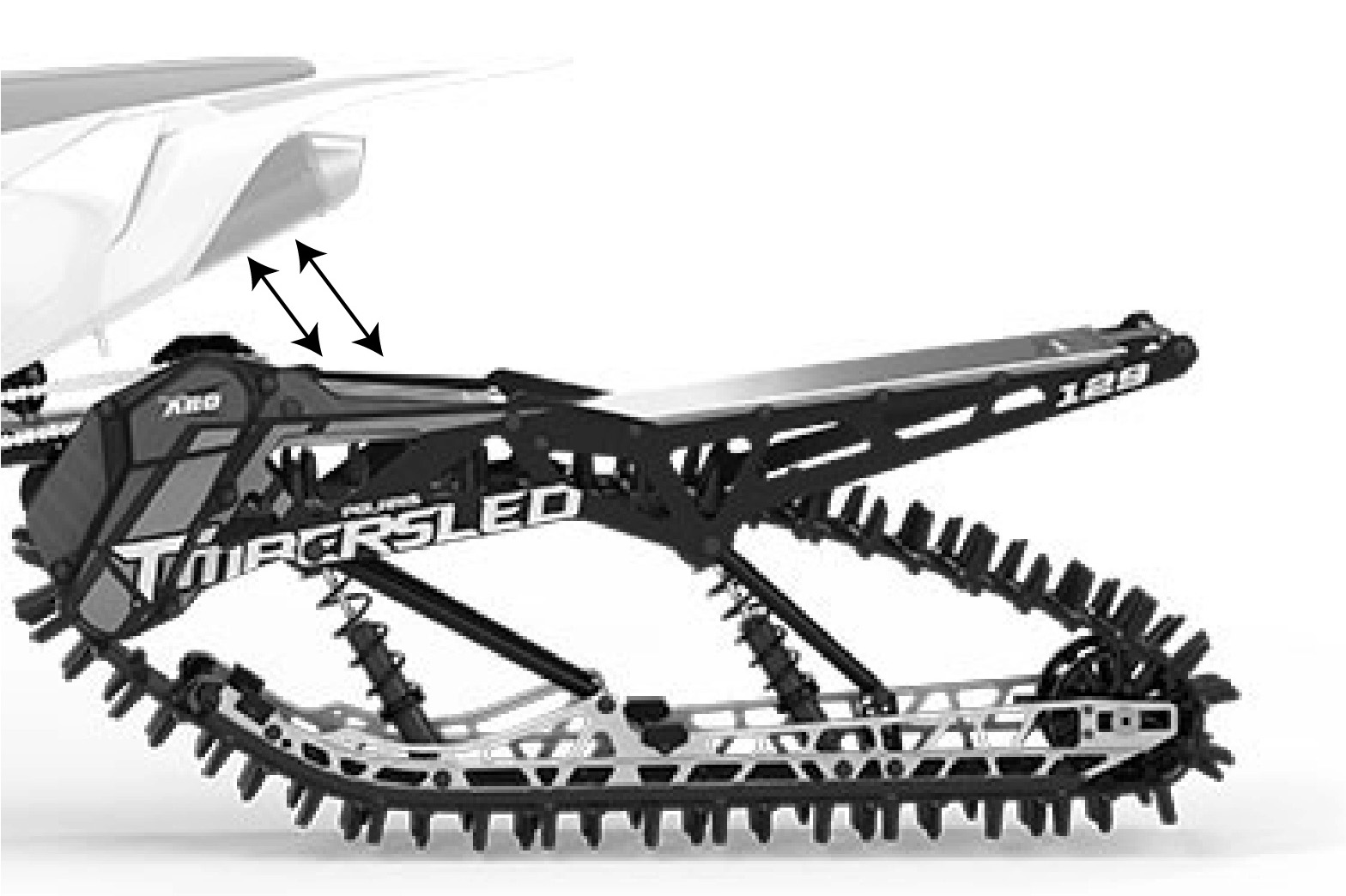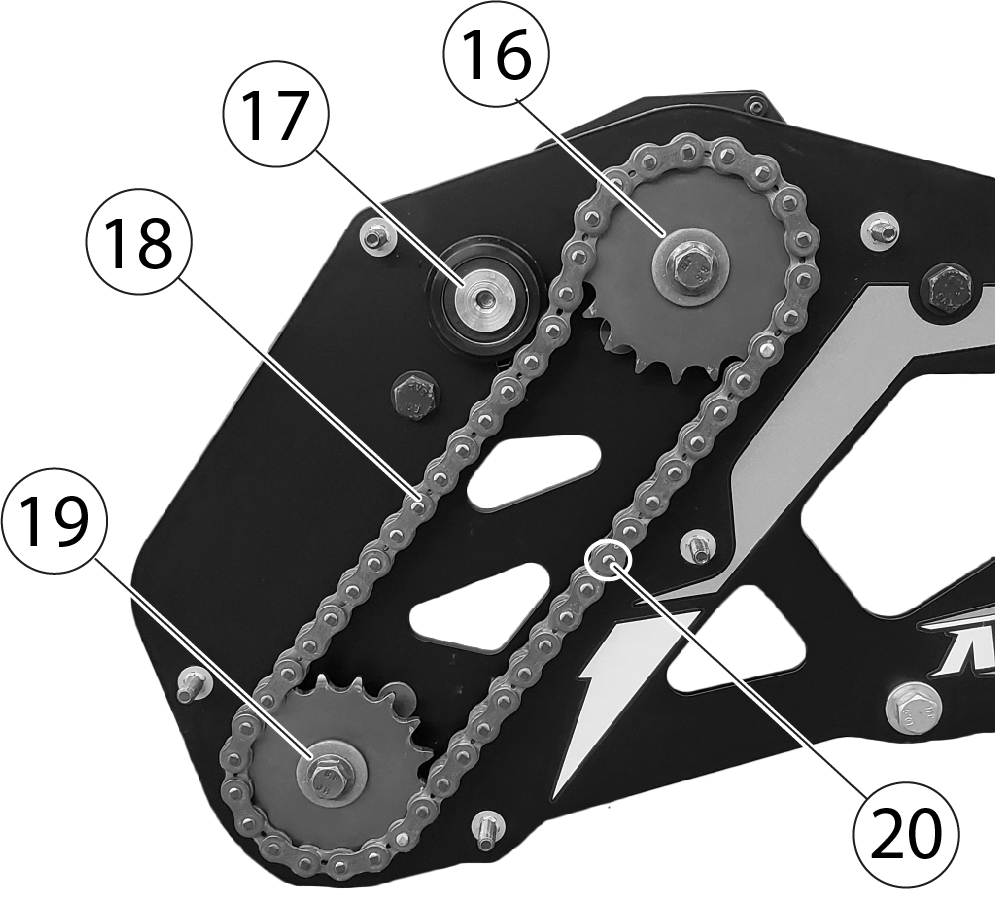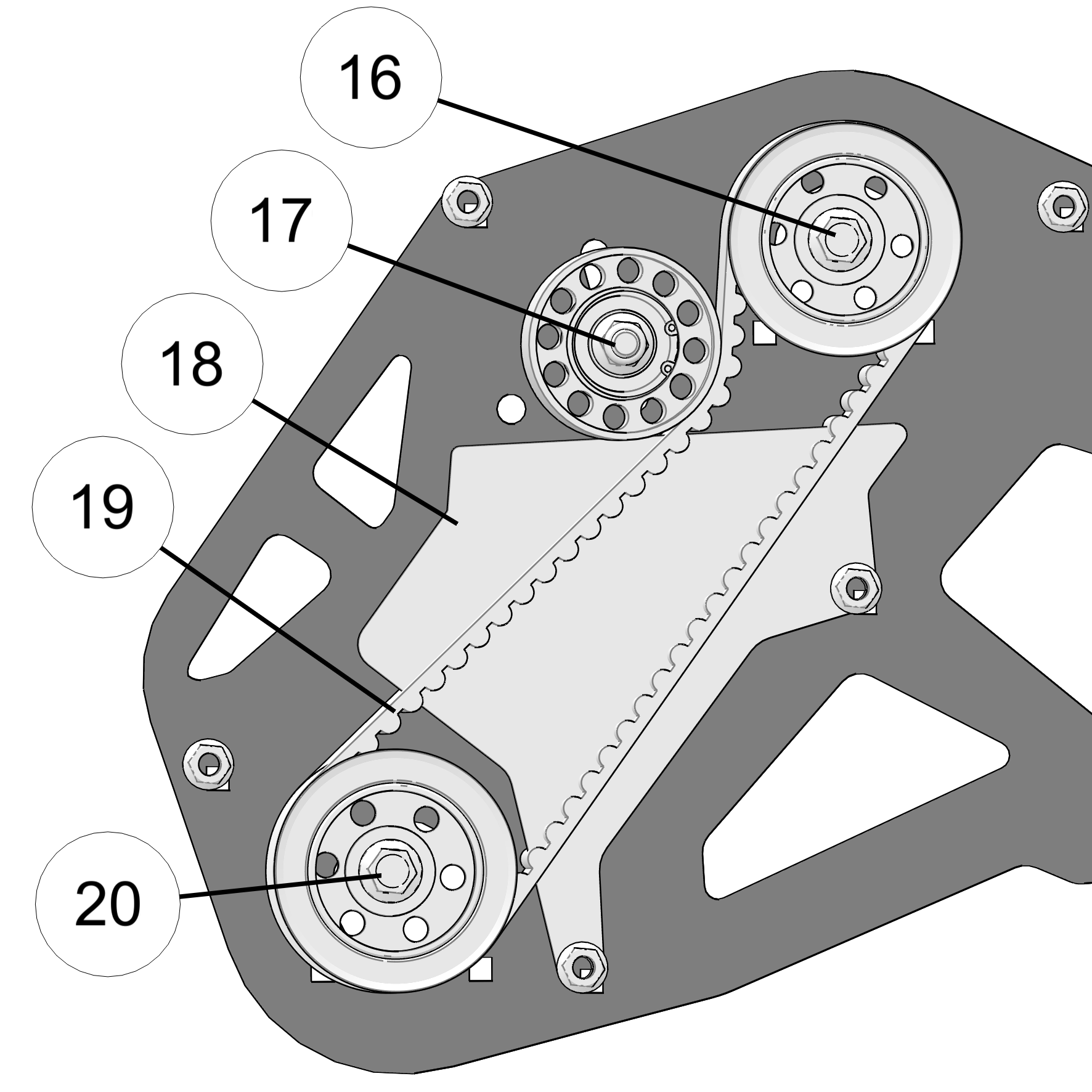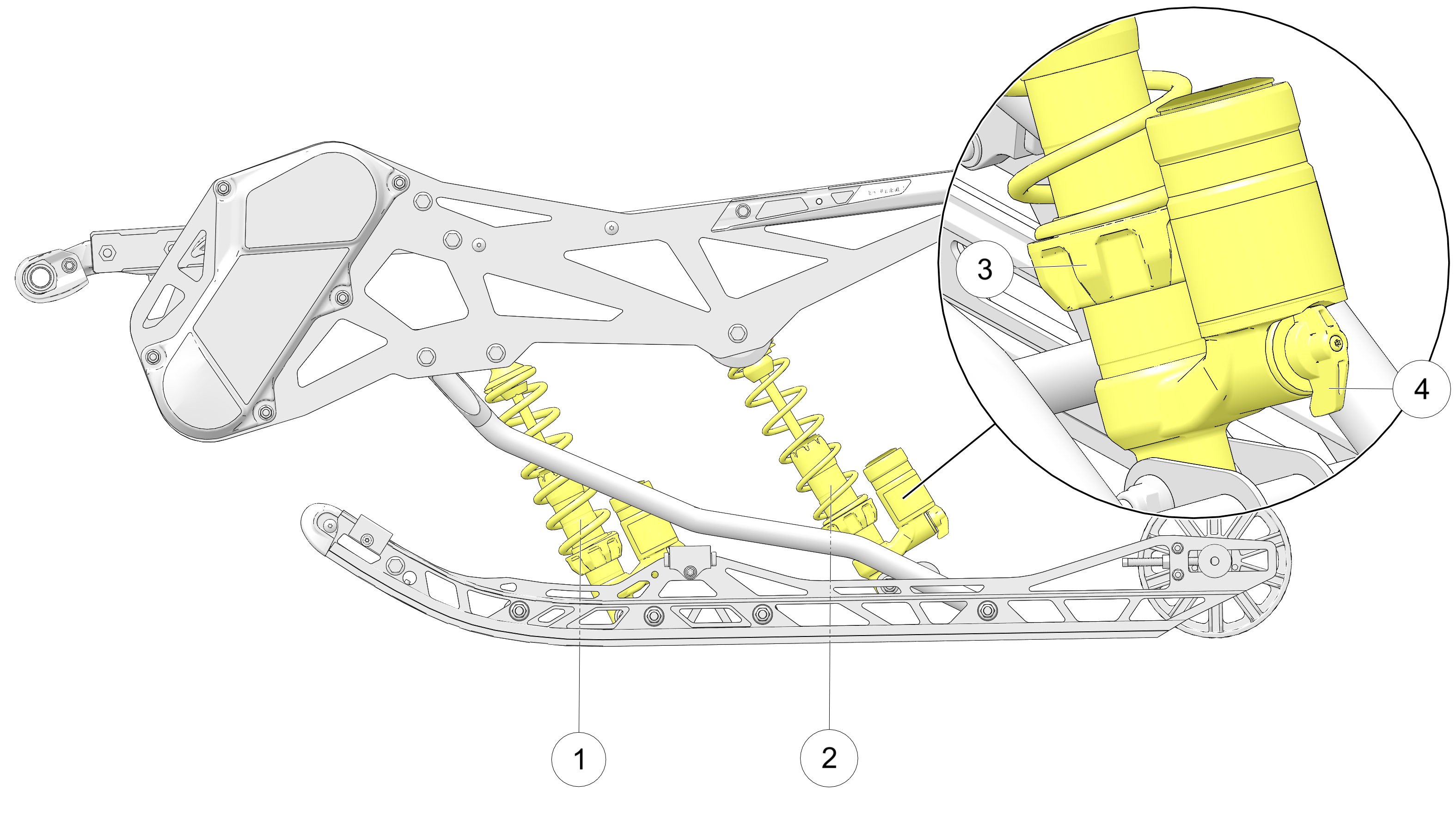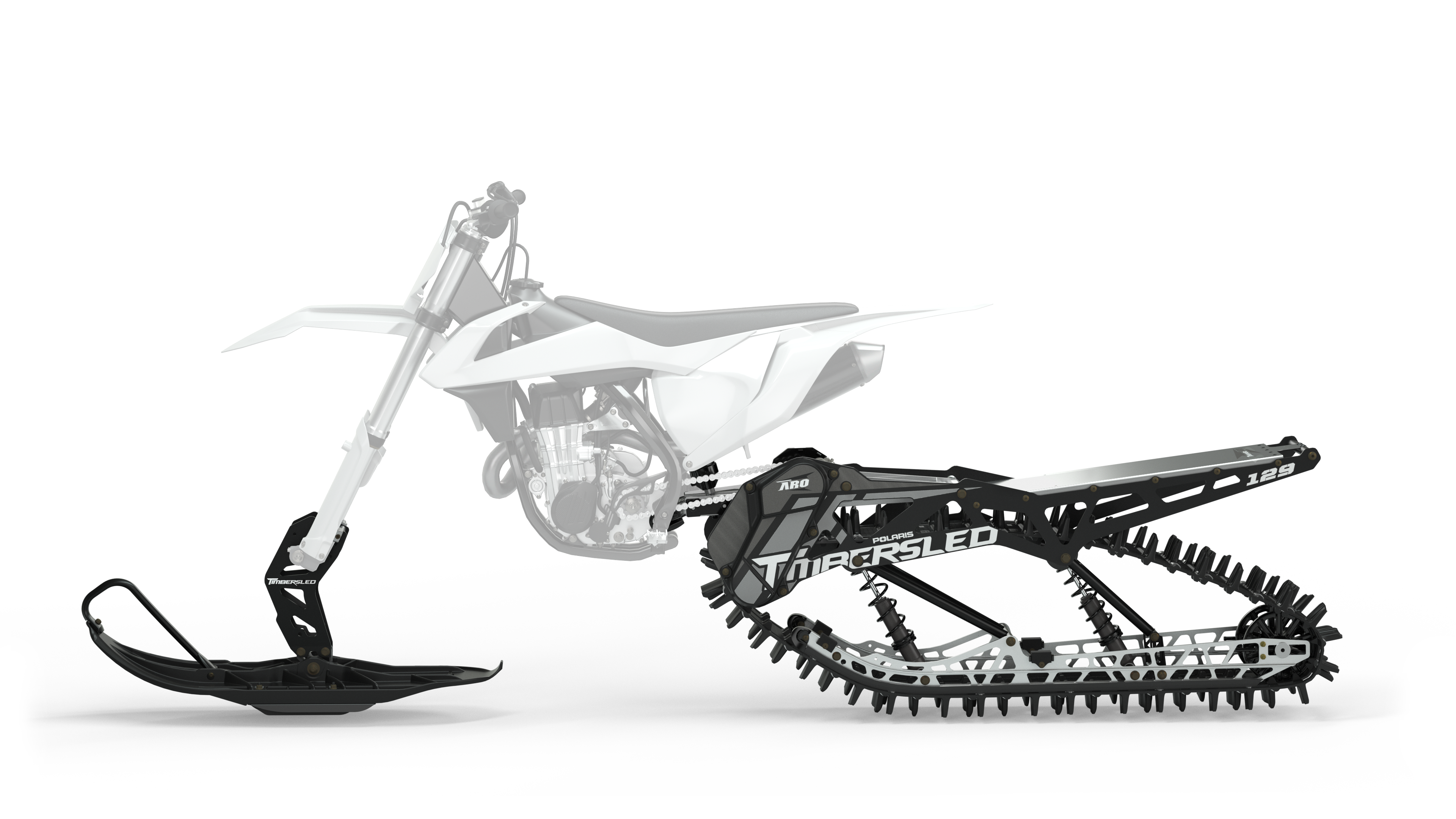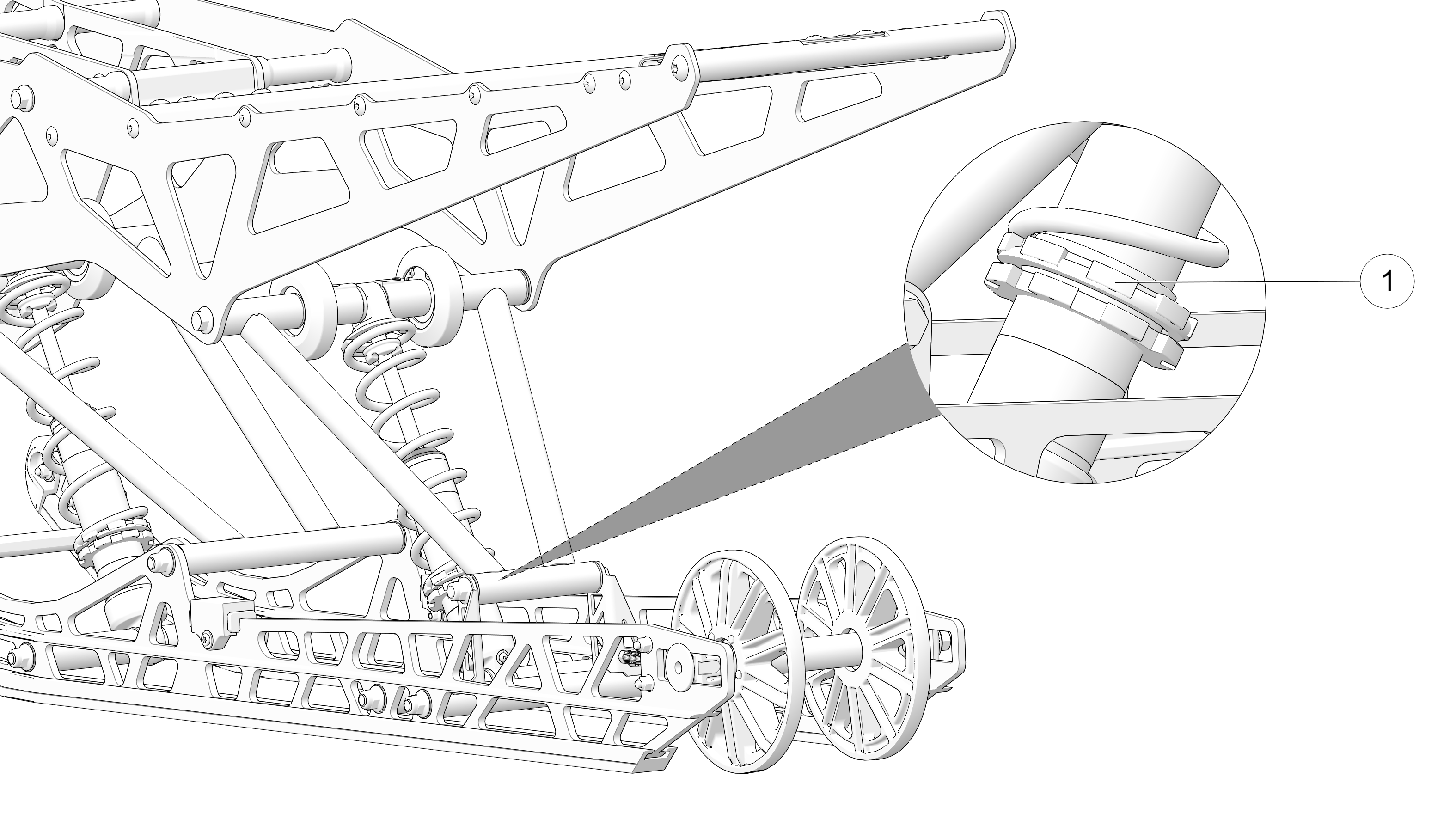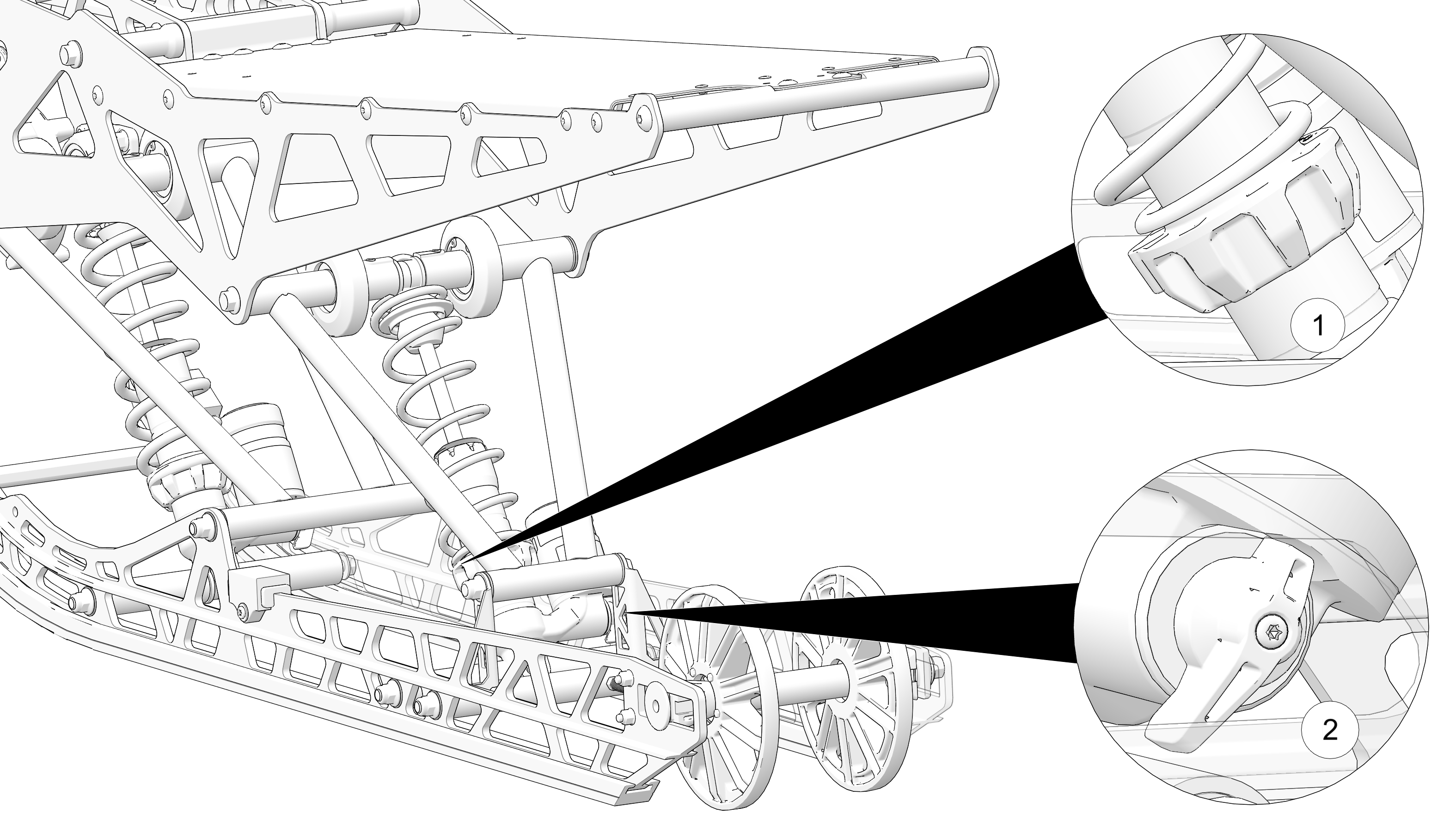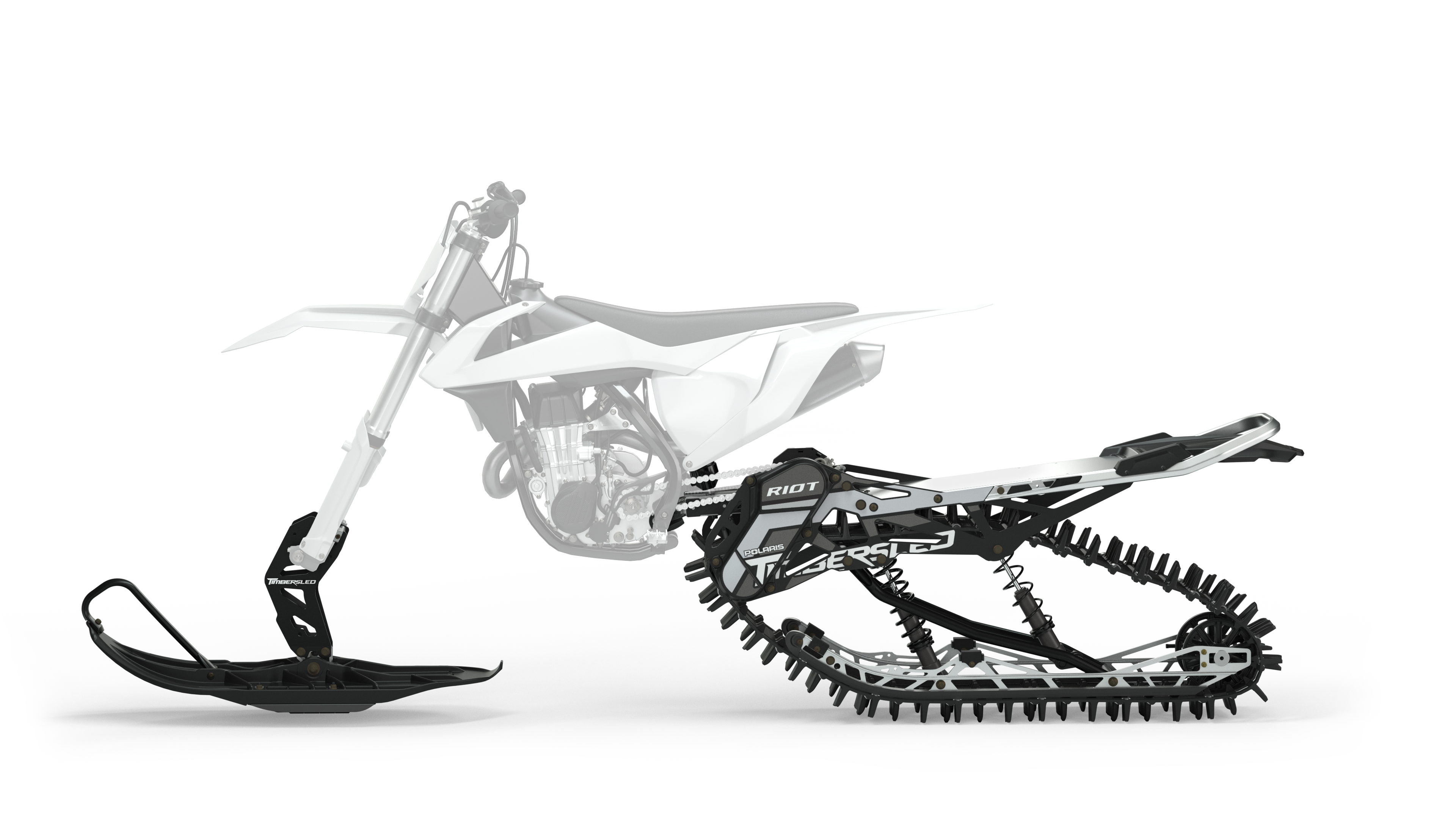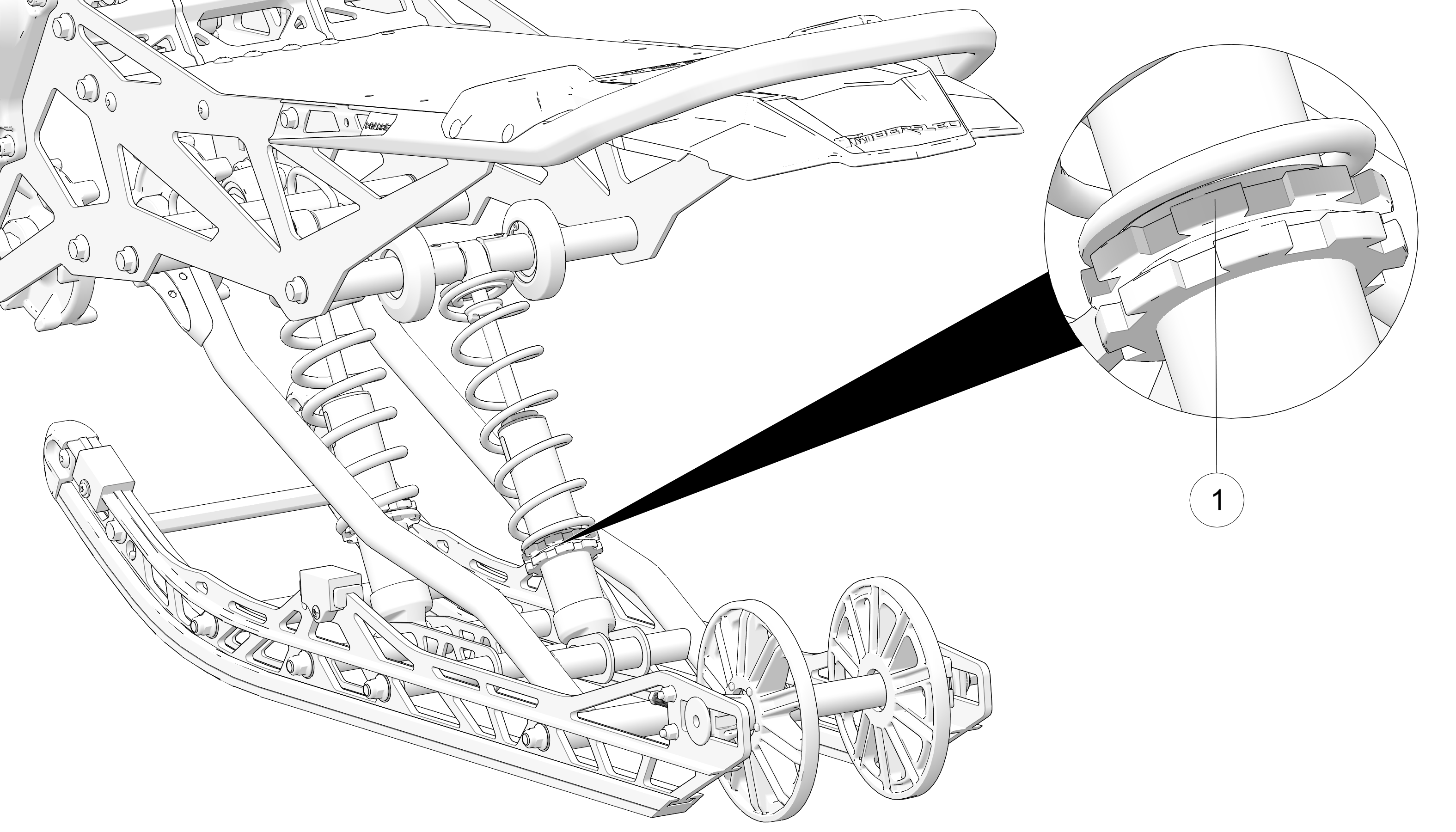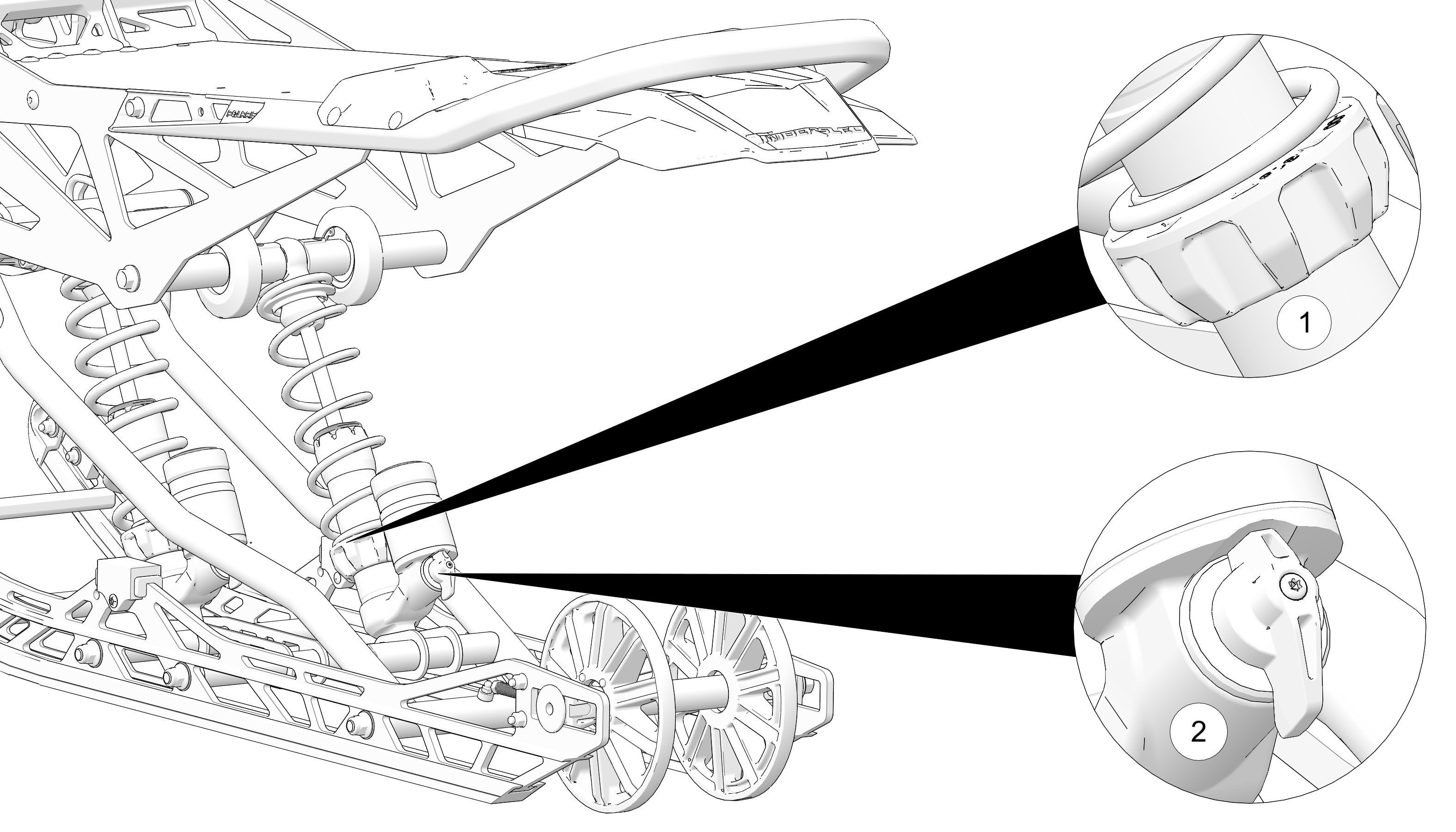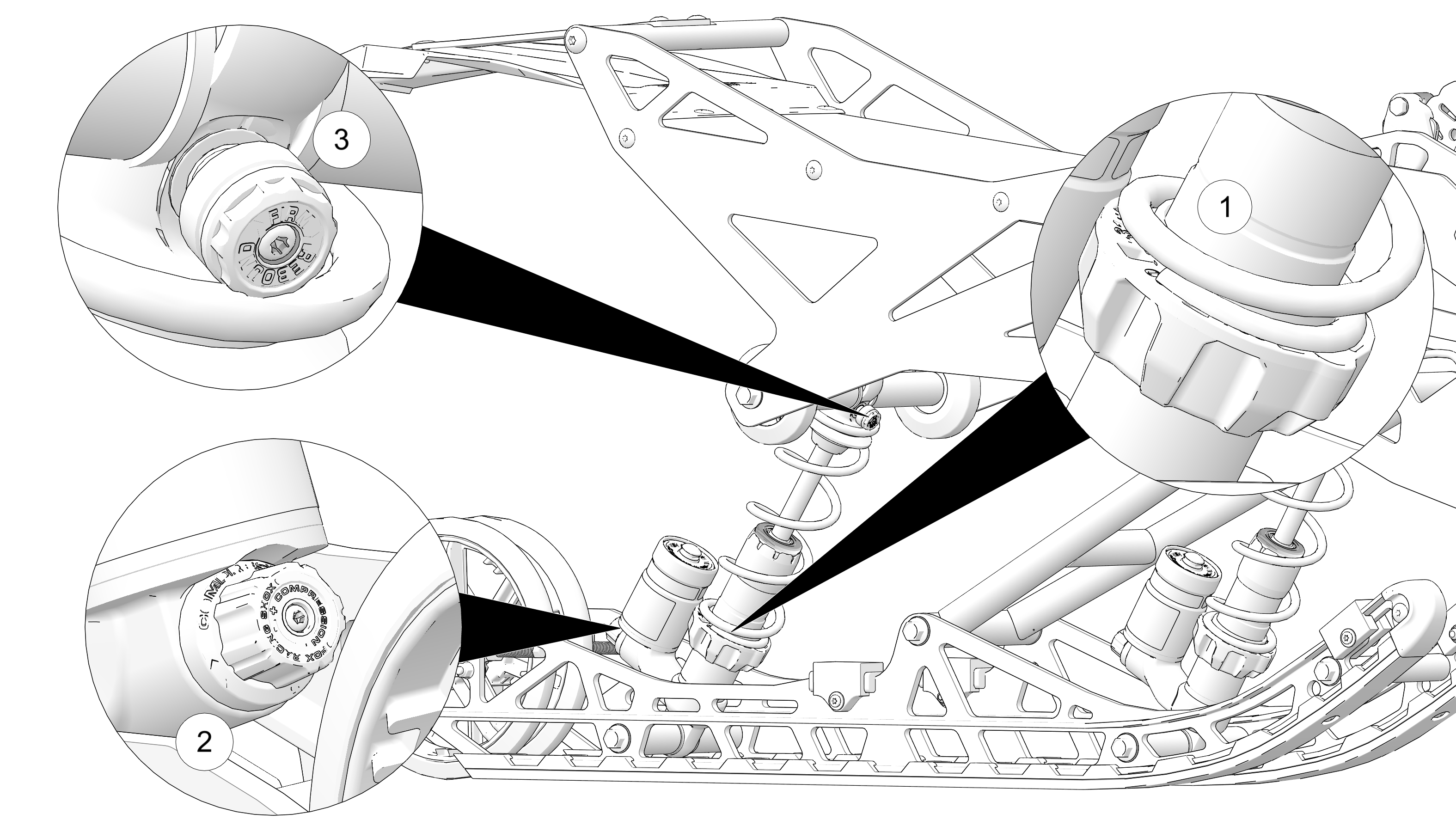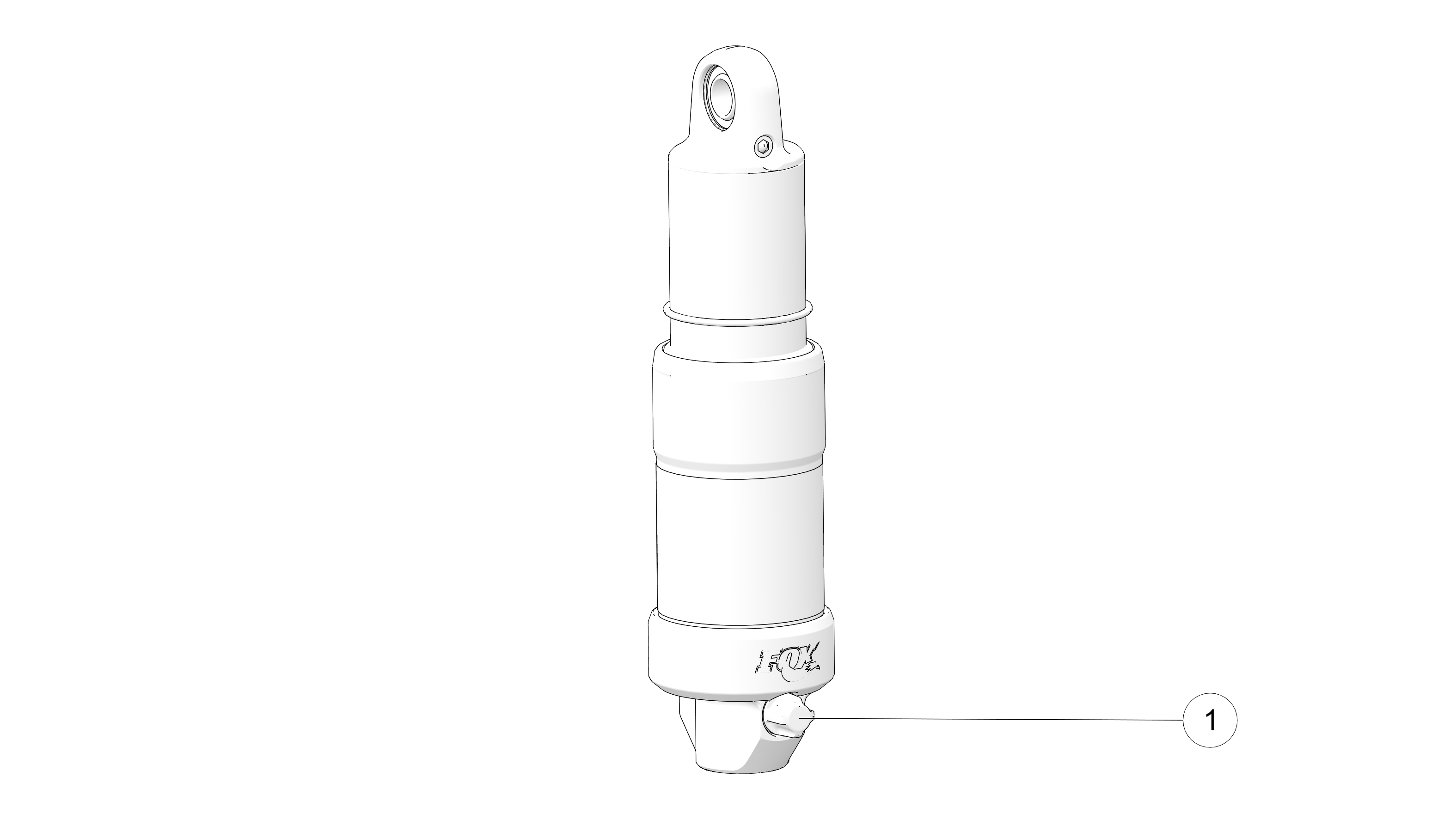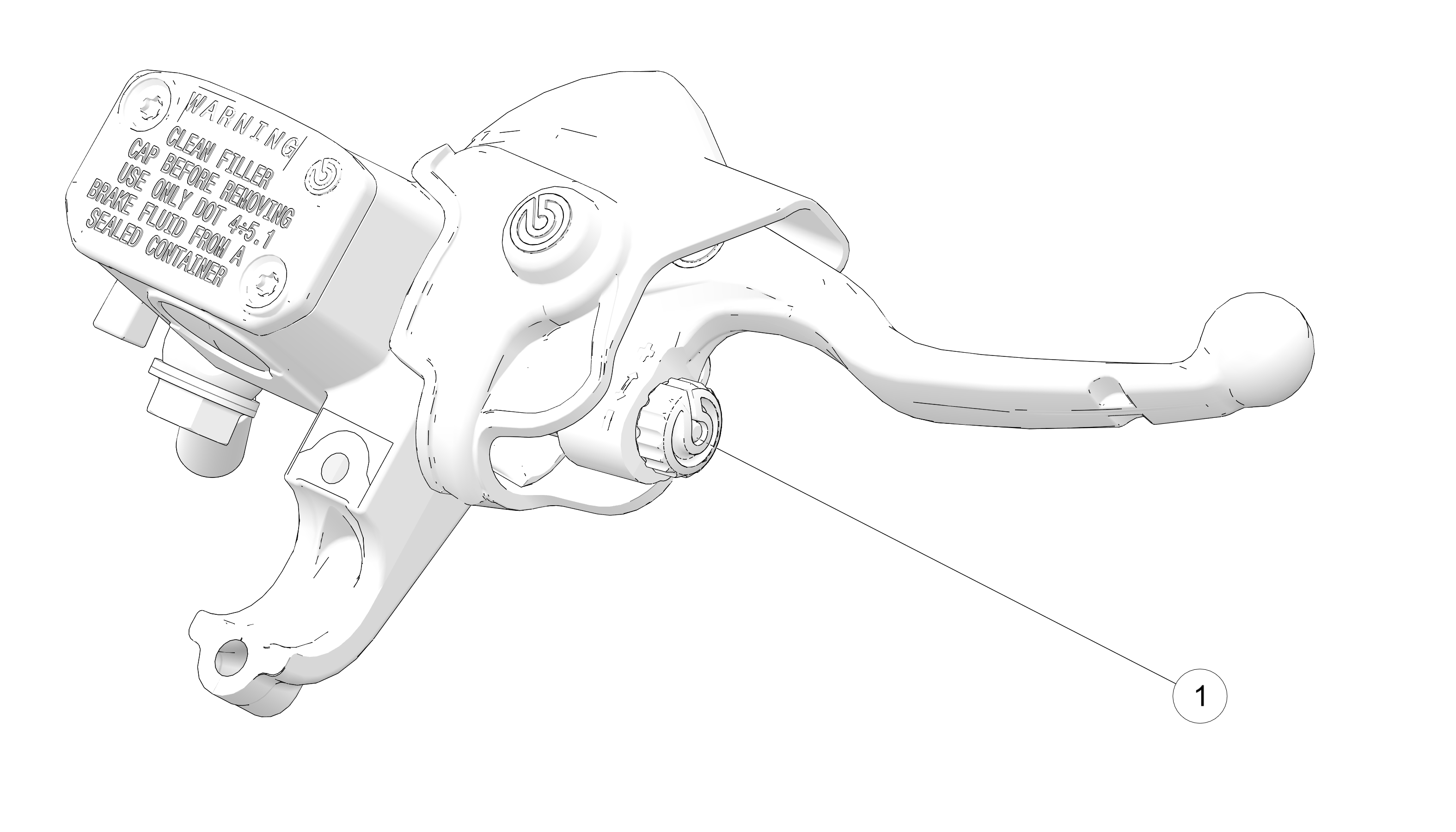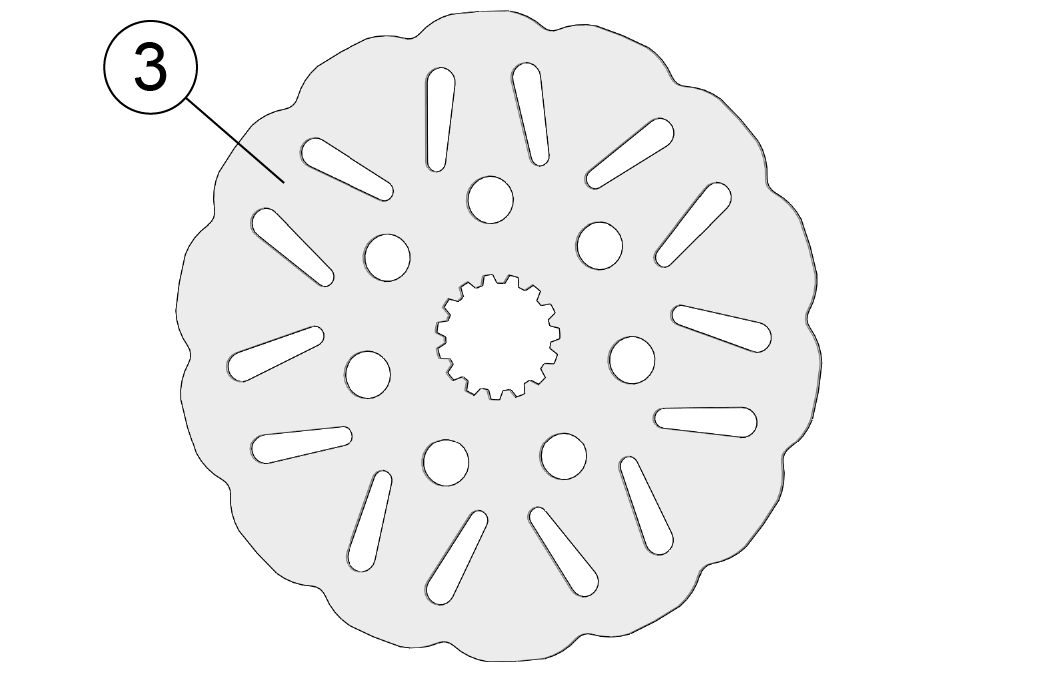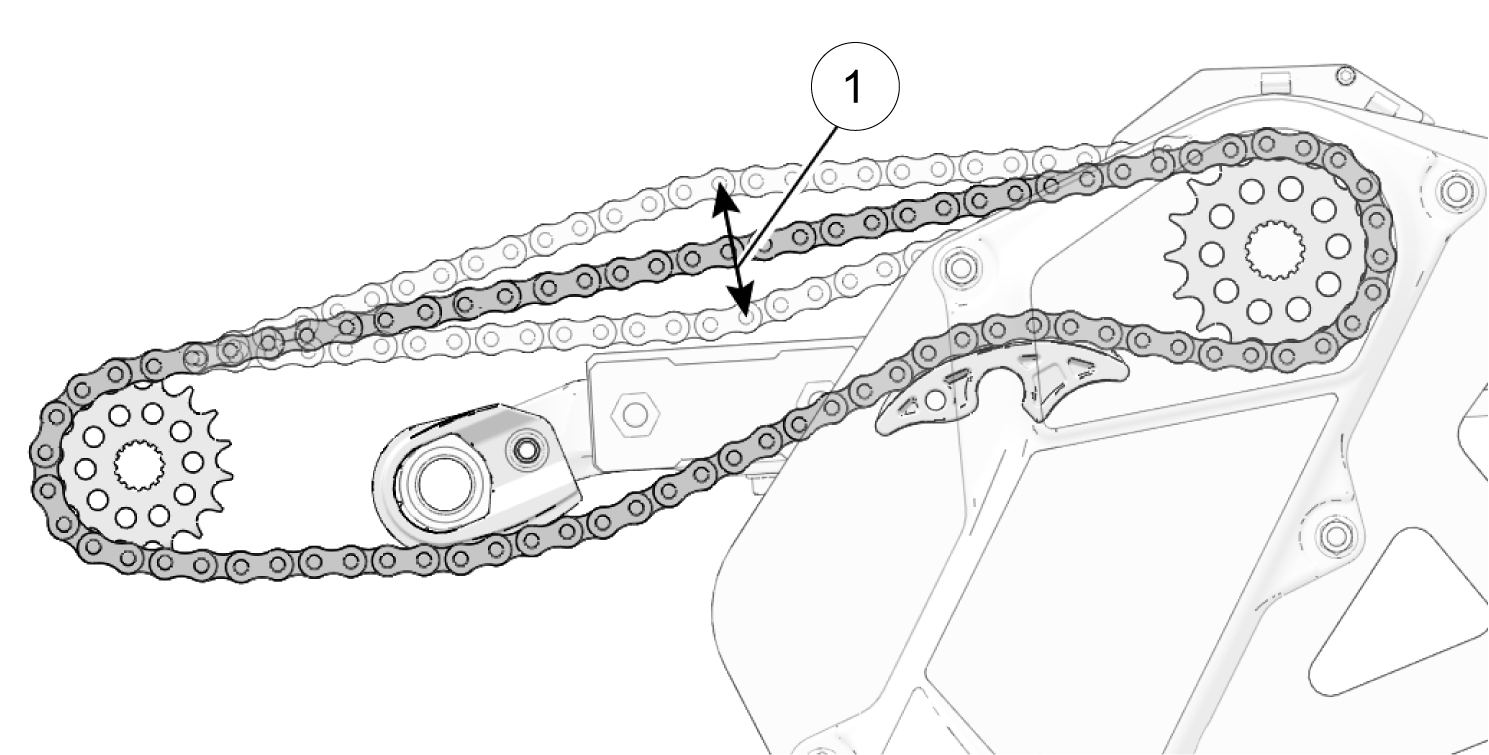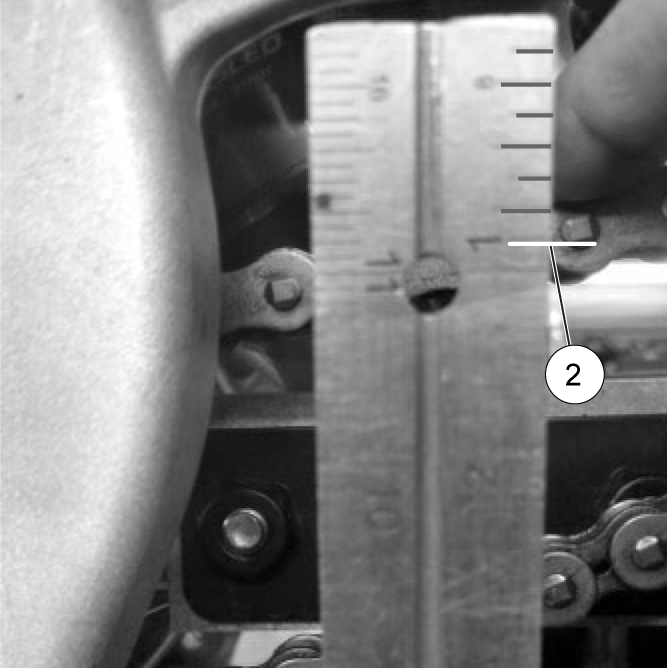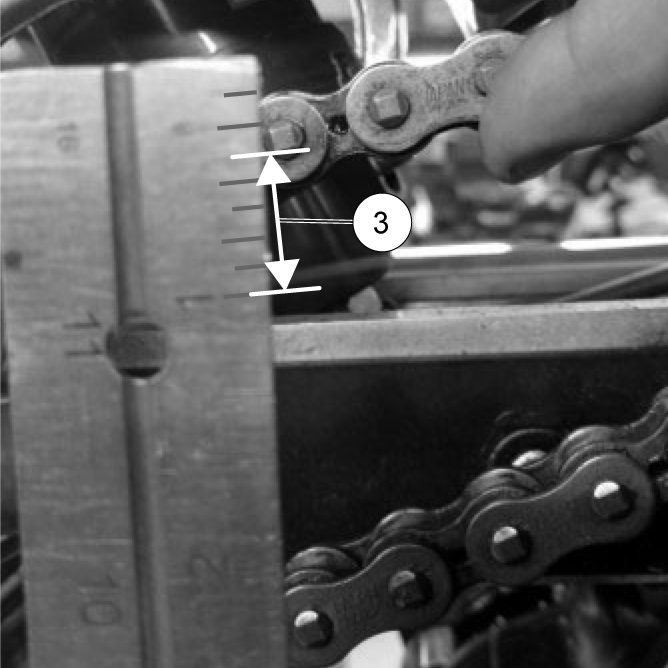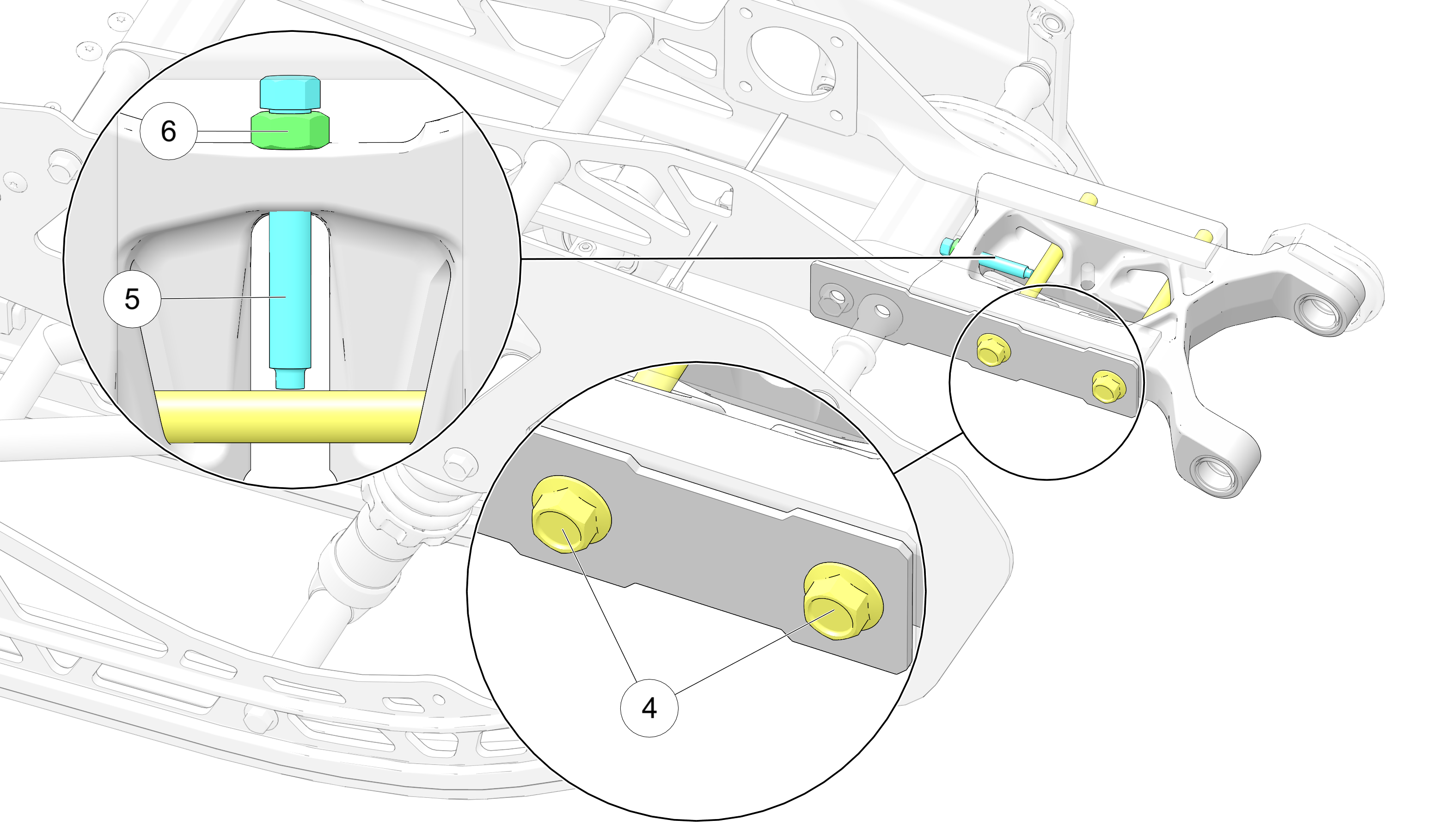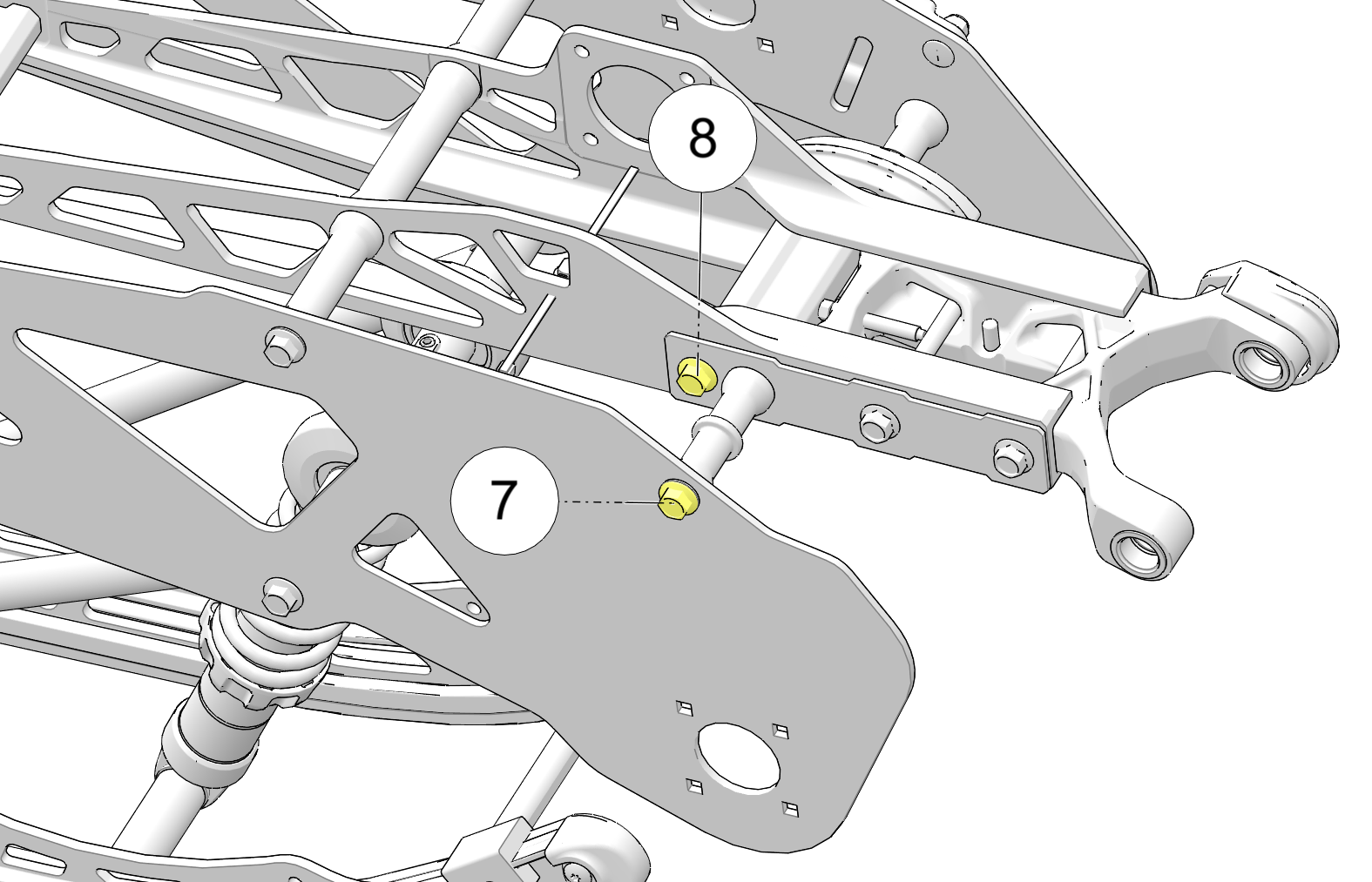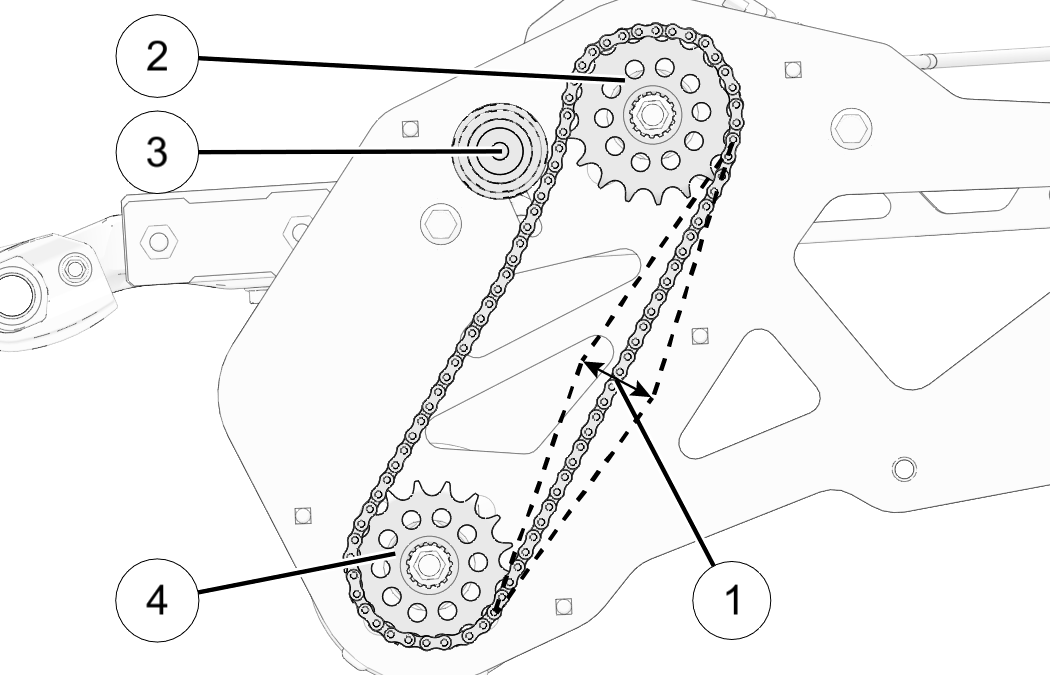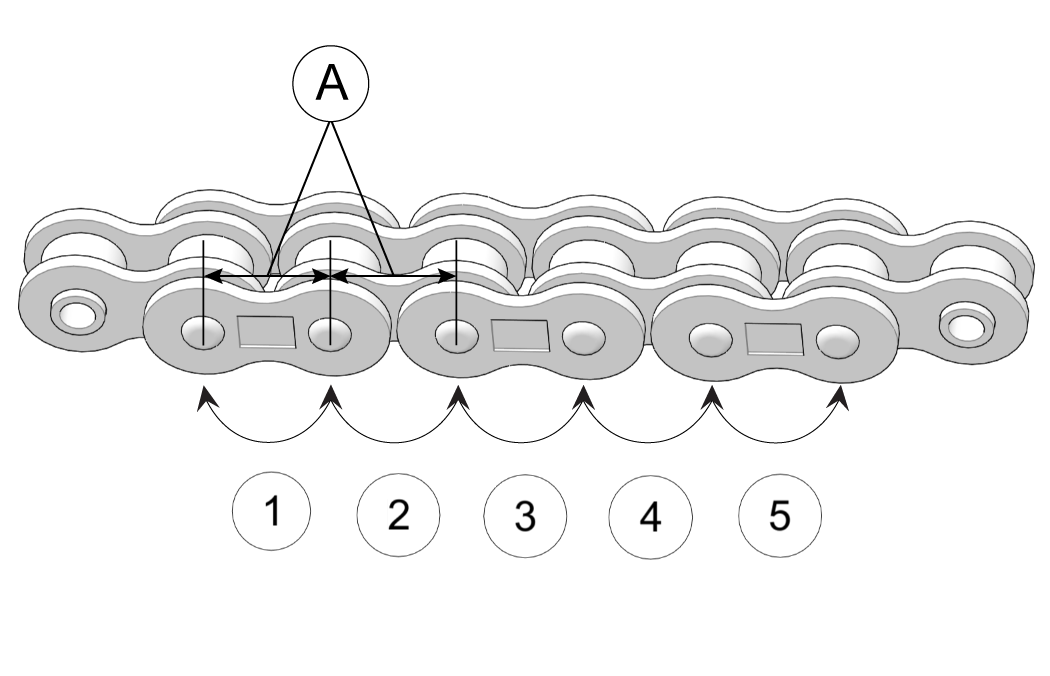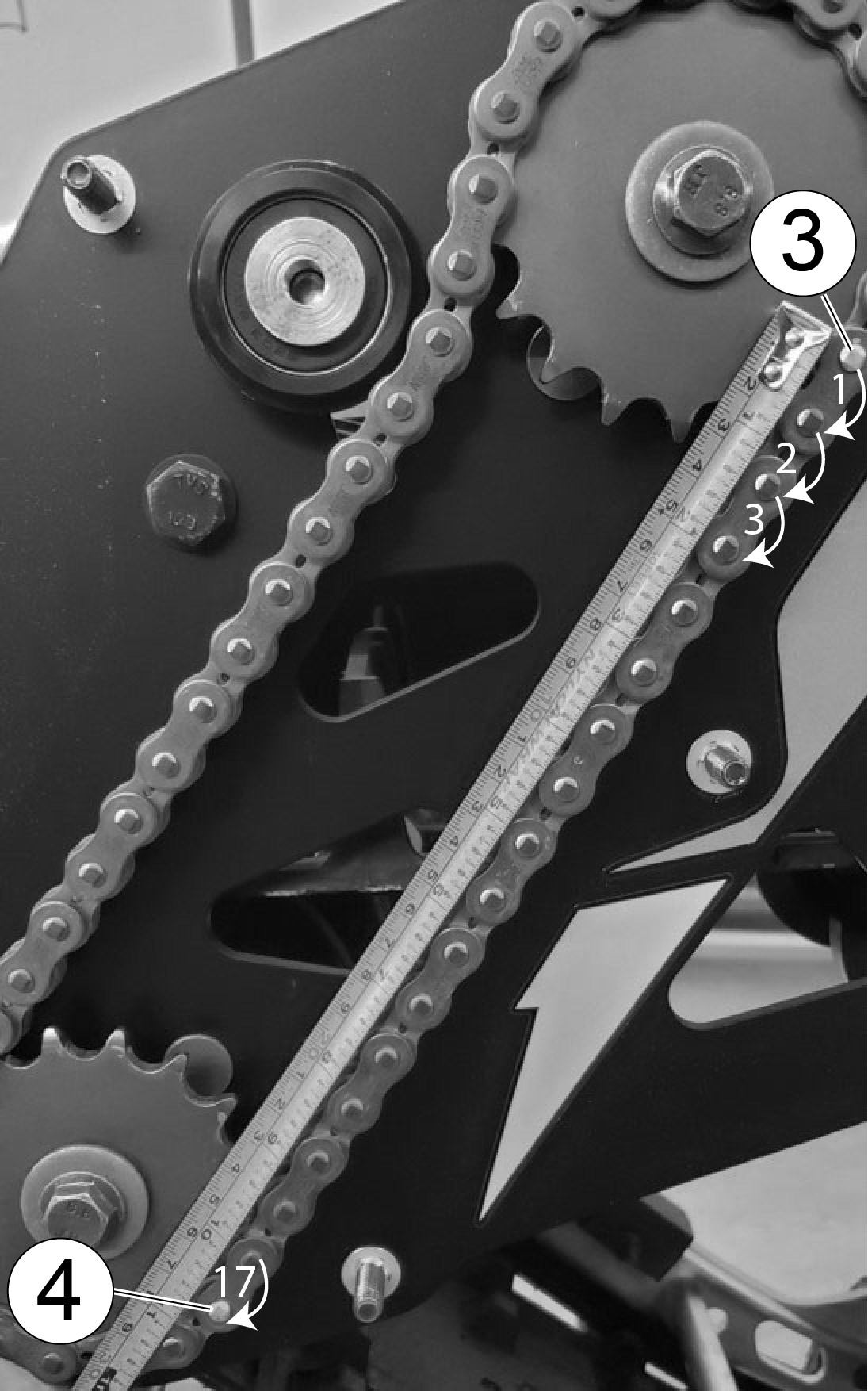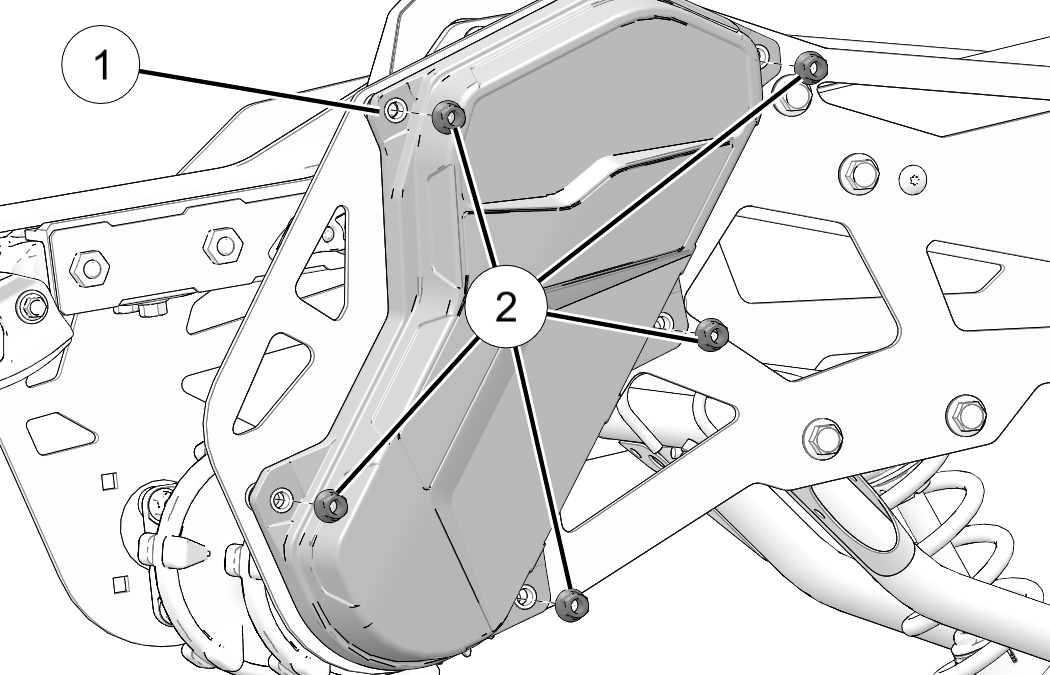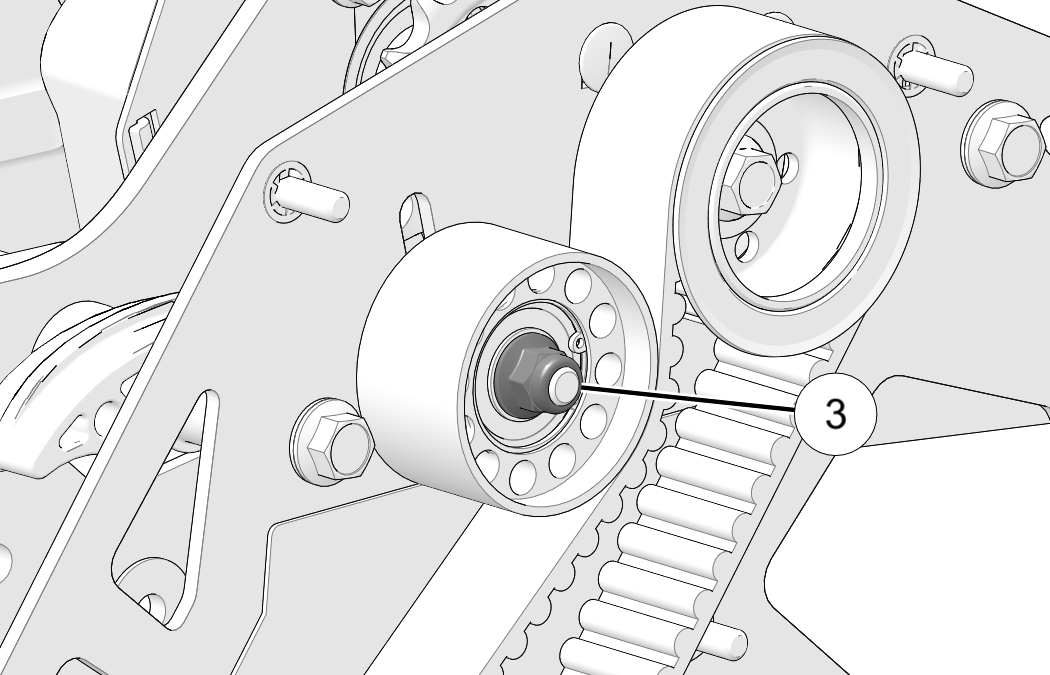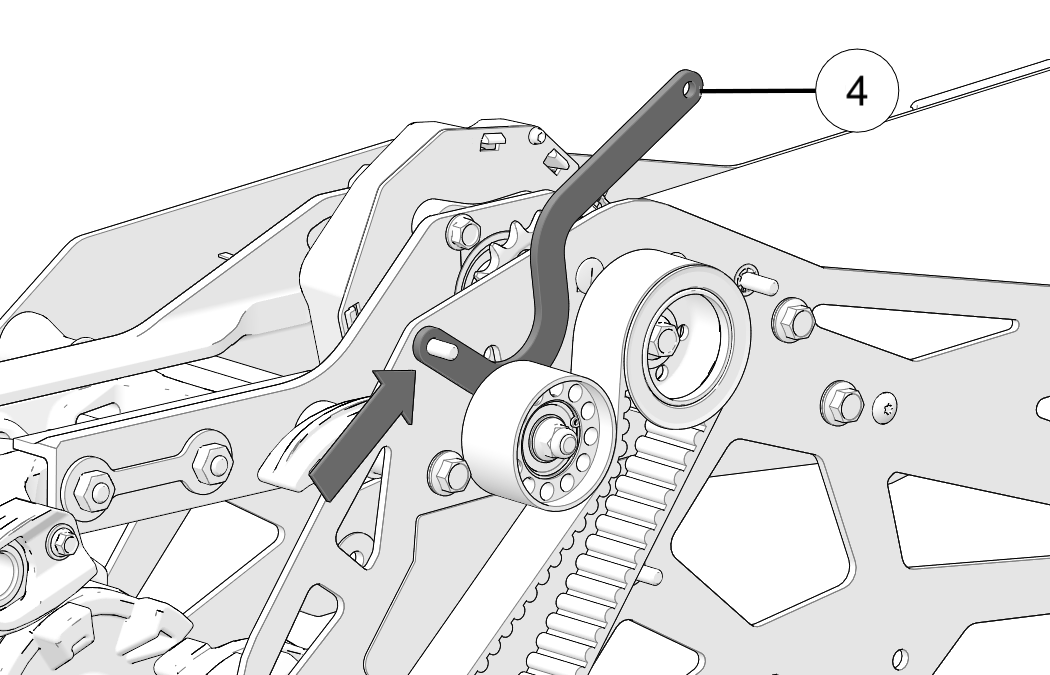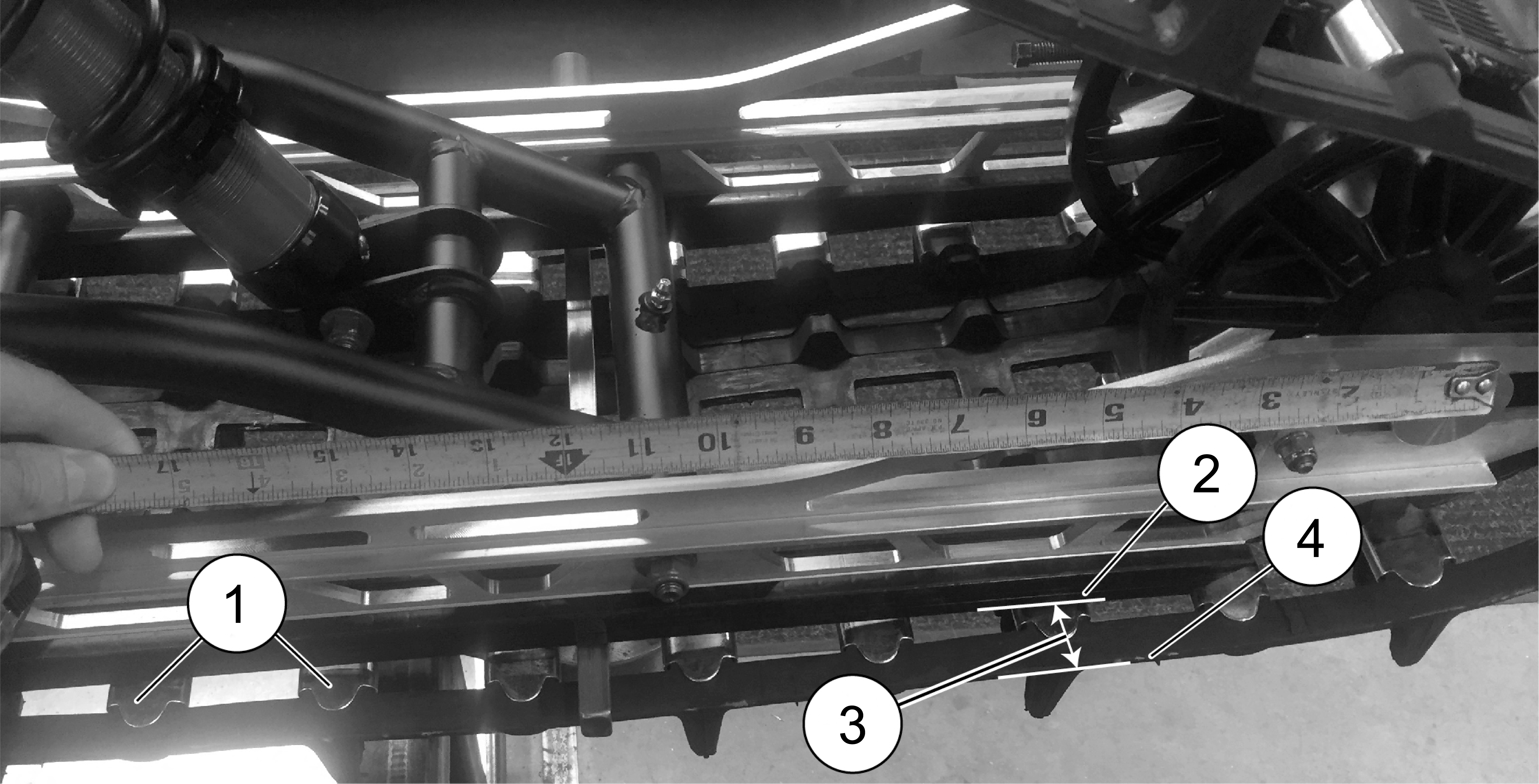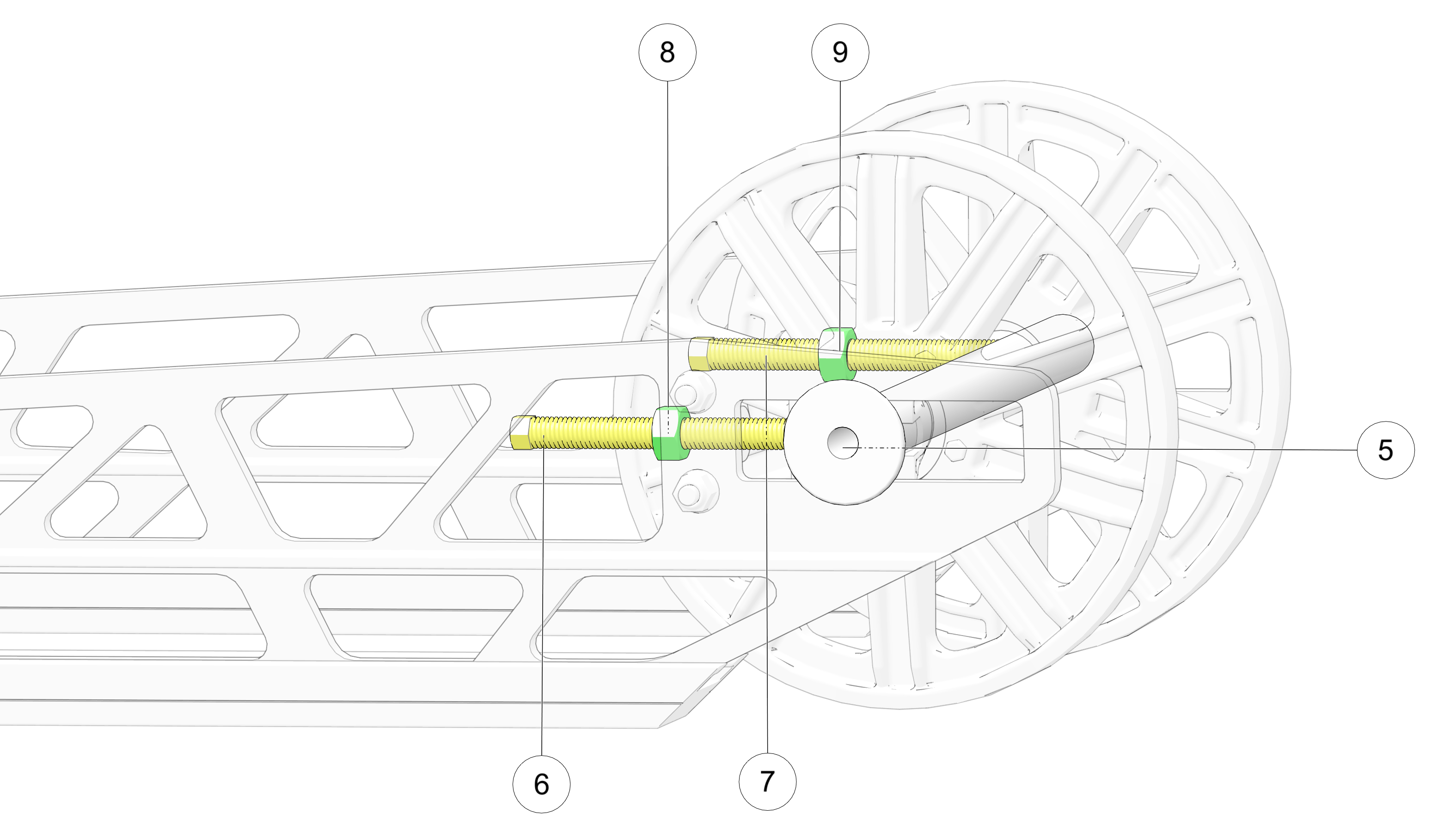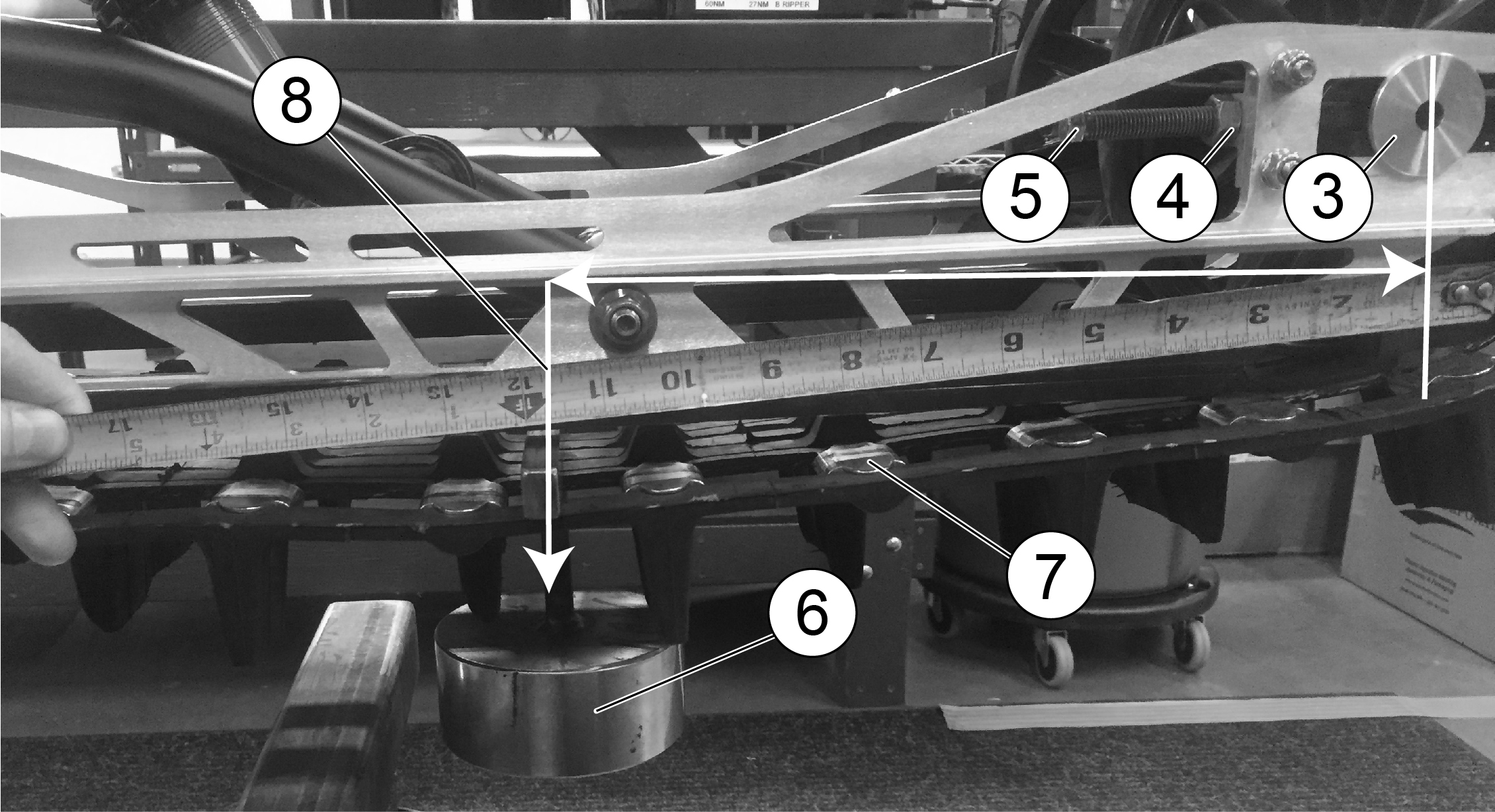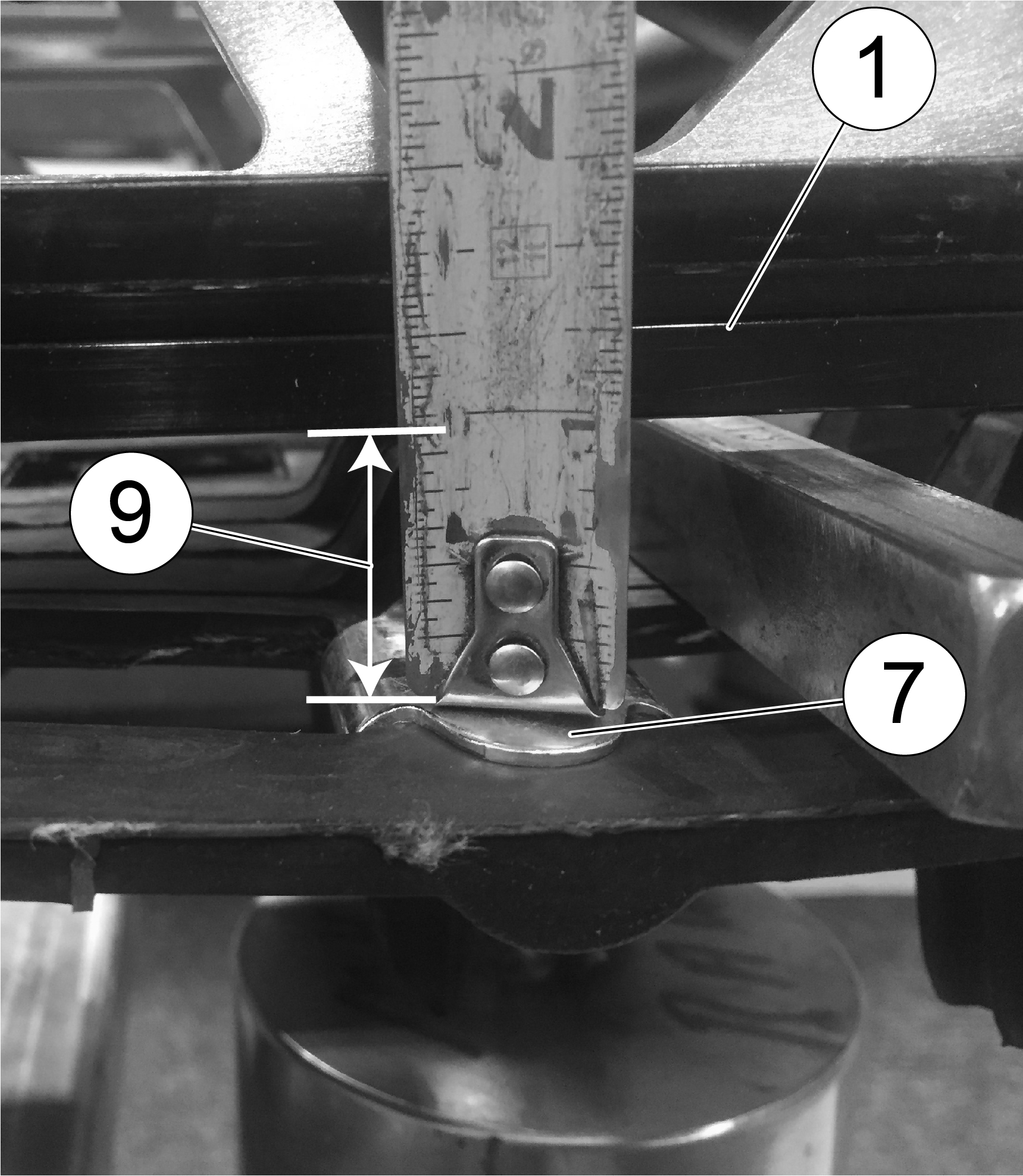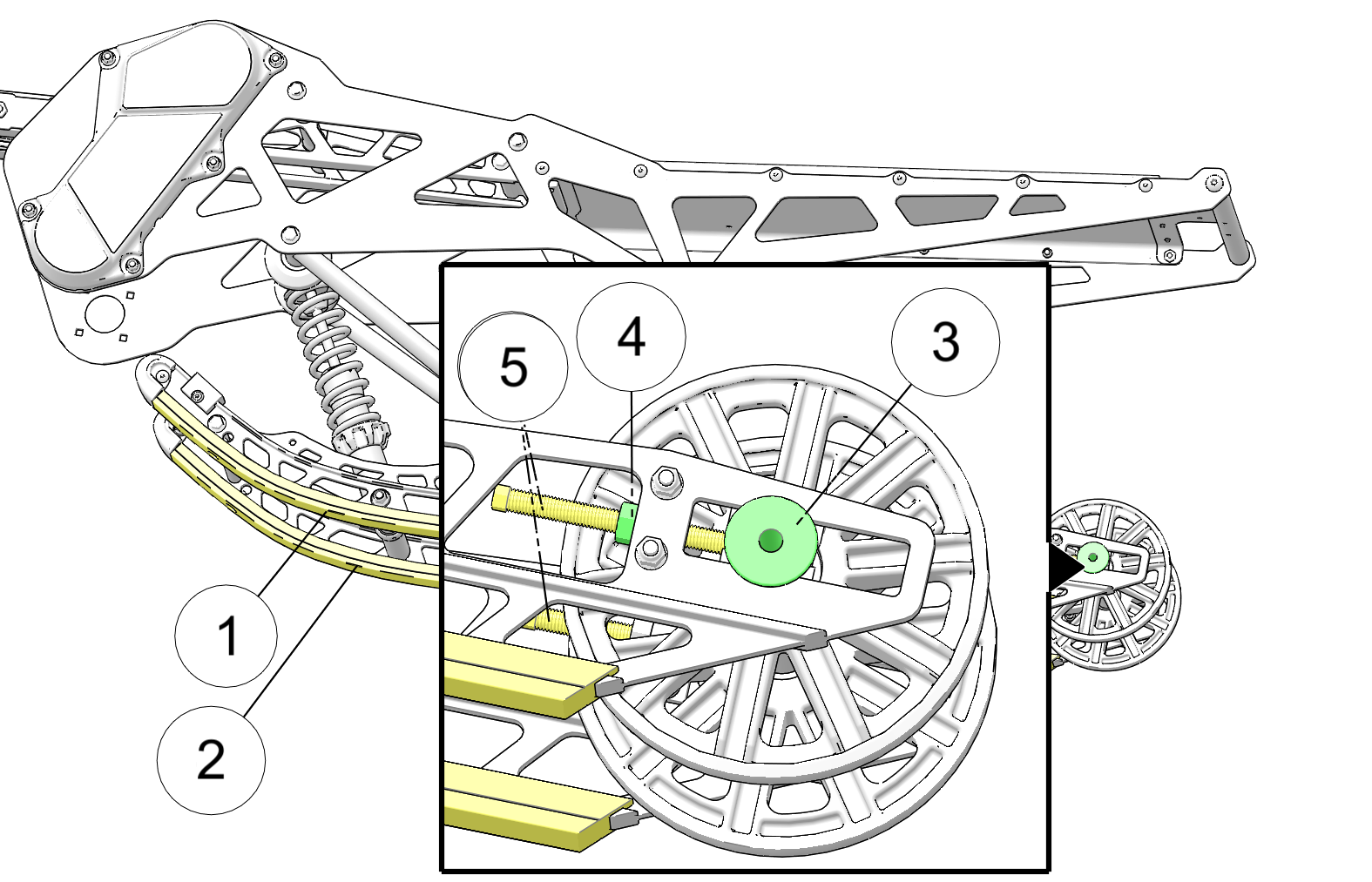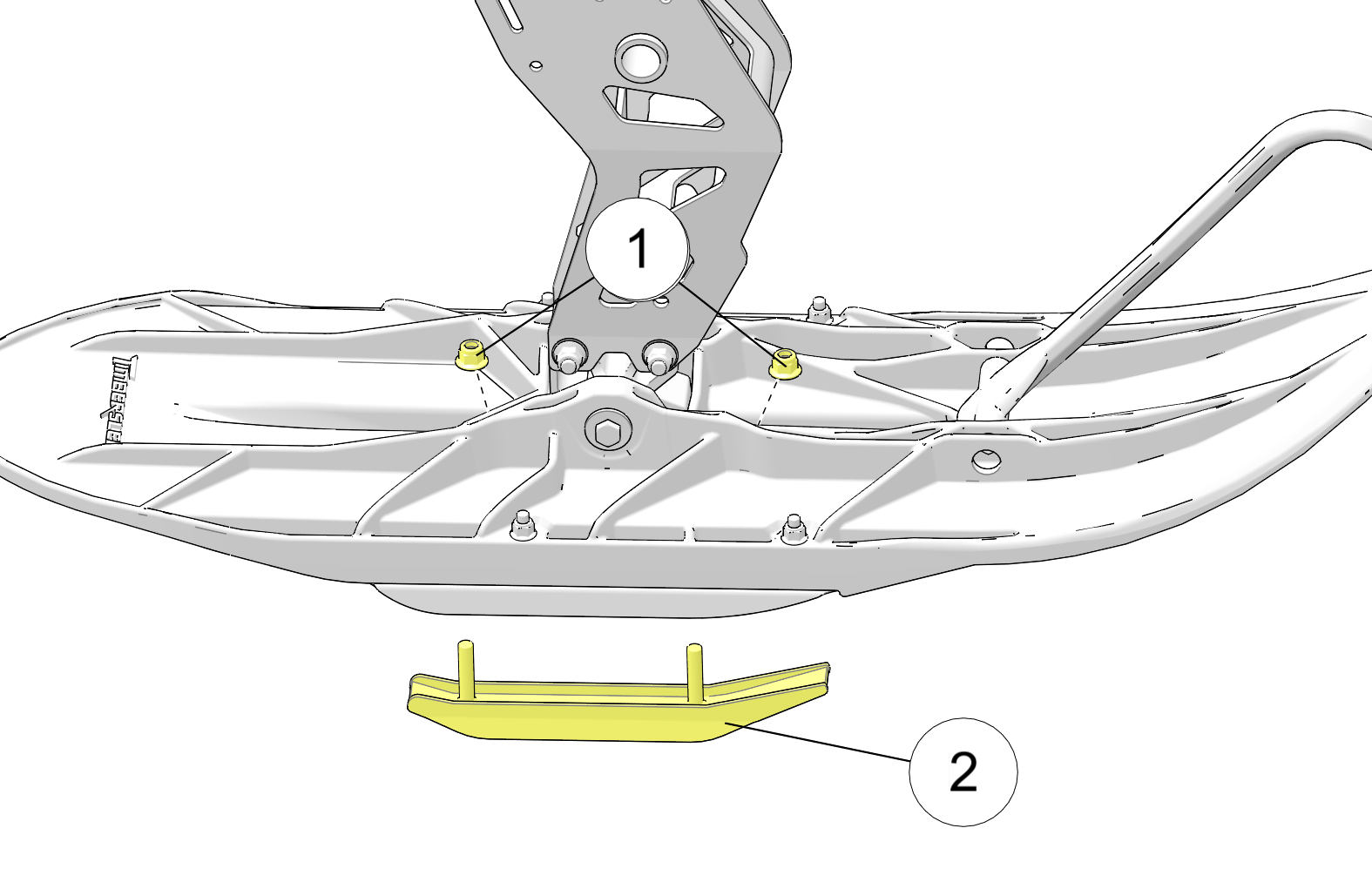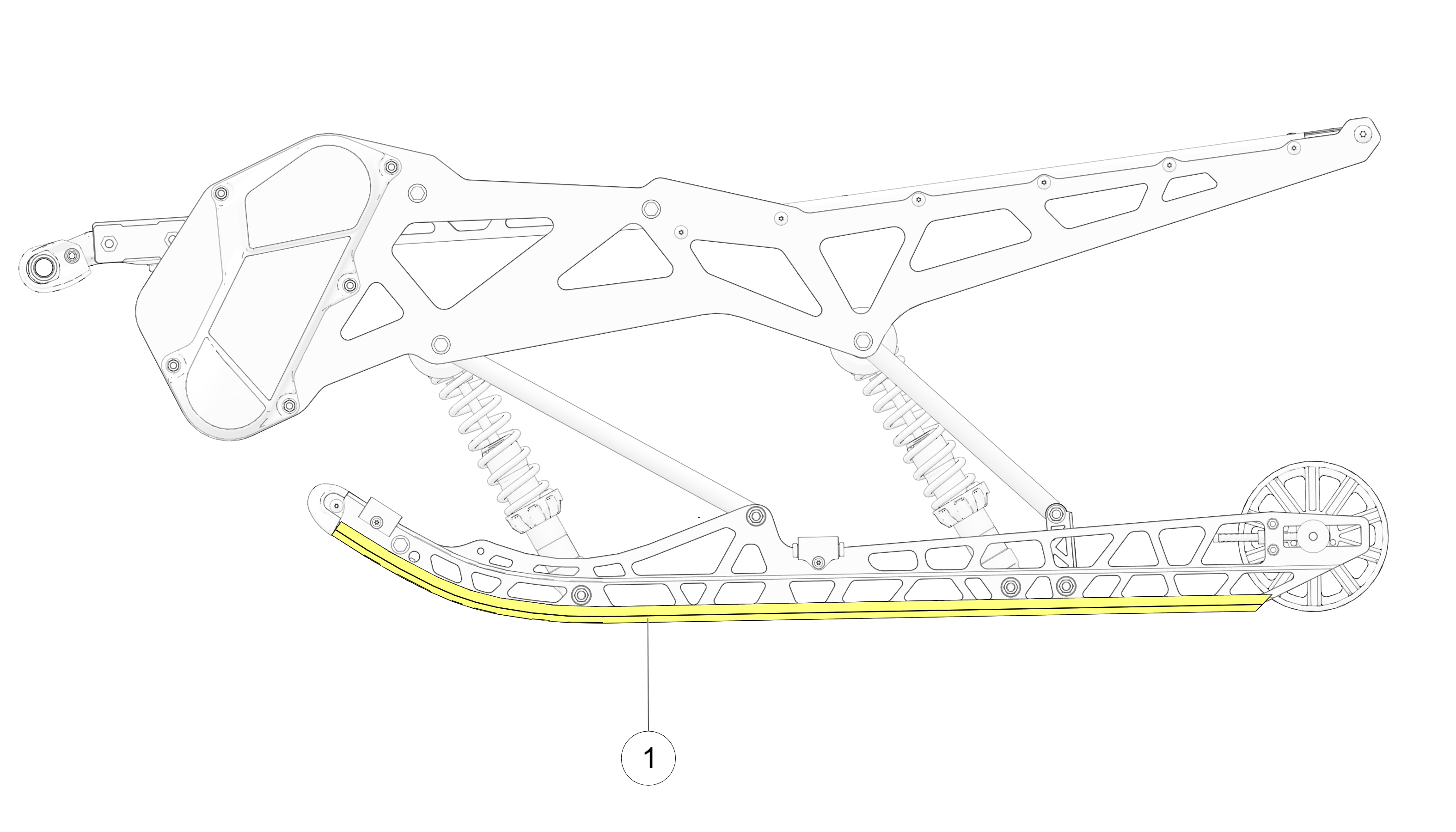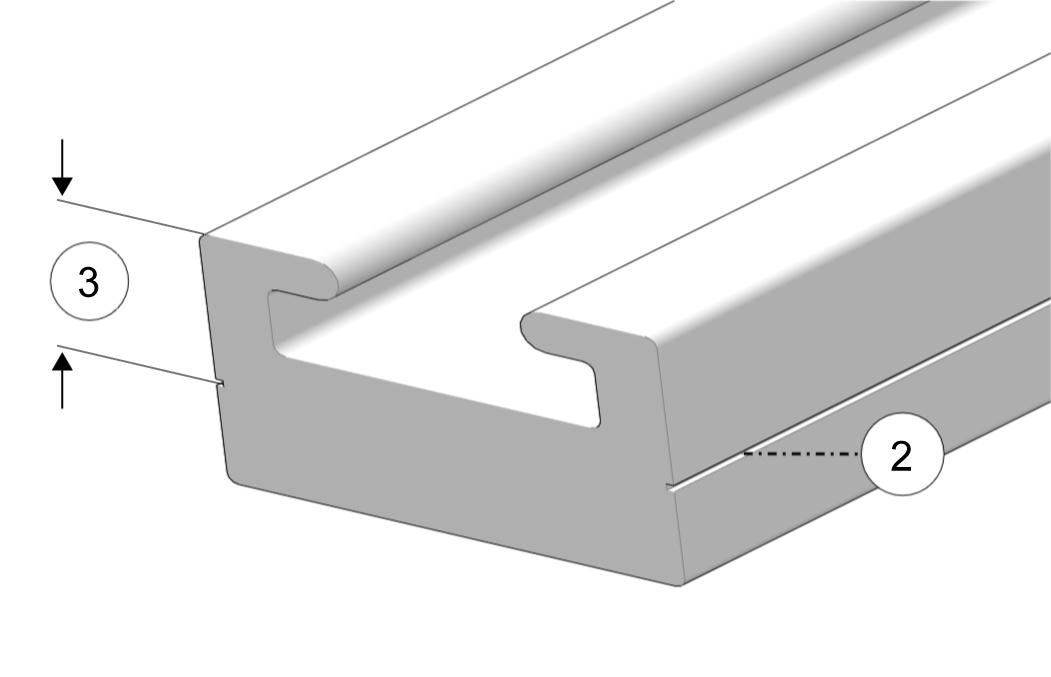POLARIS Sales Inc., 2100 Highway 55, Medina, MN 55340 (POLARIS)
gives a 12 MONTH LIMITED WARRANTY on all components of your TIMBERSLED
Conversion System against defects in material or workmanship. This
warranty covers parts and dealer labor charges for repair or replacement
of defective parts and begins on the date of purchase by the original
retail purchaser. This warranty is transferable to another owner during
the warranty period through a TIMBERSLED dealer, but any such transfer
will not extend the original term of the warranty. The duration of
this warranty may vary by international region based upon local laws
and regulations.
See your dealer for details and separate terms and conditions for
any promotional warranties.
Registration
At the time of sale, the Warranty
Registration Form must be completed by your dealer and submitted to
TIMBERSLED within ten days of purchase. Upon receipt of this registration,
TIMBERSLED will record the registration for warranty. No verification
of registration will be sent to the purchaser as the copy of the Warranty
Registration Form will be your proof of warranty coverage. If you
have not signed the original registration and received the customer
copy, please contact your dealer immediately. NO WARRANTY COVERAGE
WILL BE ALLOWED UNLESS YOUR CONVERSION SYSTEM IS REGISTERED WITH TIMBERSLED.
Warranty Coverage and Exclusions:
Limitations
of Warranties and Remedies
This TIMBERSLED limited warranty
excludes any failures that are not caused by a defect in material
or workmanship. THIS WARRANTY DOES NOT COVER CLAIMS OF DEFECTIVE
DESIGN. This warranty also does not cover damage caused due to
incorrect installation, acts of God, accidental damage, normal wear
and tear, abuse or improper handling. This warranty also does not
cover any Conversion System, component, or part that has been altered
structurally, modified, neglected, improperly maintained, used for
racing, competition, or for purposes other than for which it was designed.
This warranty also excludes failures resulting from improper
lubrication; surface imperfections caused by external stress, heat,
cold or contamination; operator error or abuse; improper component
alignment, tension, adjustment; improper maintenance; modified components;
use of aftermarket components; unauthorized repairs; repairs made
after the warranty period expires or by an unauthorized repair center;
use of the product in competition or for commercial purposes. Warranty
will not apply to any product which has been damaged by abuse, accident,
fire or any other casualty not determined a defect of materials or
workmanship.
This warranty excludes coverage for consumable
components, general wear items, or any parts exposed to friction surfaces,
stresses, environmental conditions and/or contamination for which
they were not designed or not intended, including but not limited
to the following items:
-
Skis
-
Tracks
-
Suspension Components
-
Brake Components
-
Idler Wheels
This warranty provides no coverage for personal loss or expense,
including mileage, transportation costs, hotels, meals, shipping or
handling fees, product pick-up or delivery, replacement rentals, loss
of product use, loss of profits, or loss of vacation or personal time.
THE EXCLUSIVE REMEDY FOR BREACH OF THIS WARRANTY SHALL BE, AT
POLARIS’ OPTION, REPAIR OR REPLACEMENT OF ANY DEFECTIVE MATERIALS,
COMPONENTS, OR PRODUCTS. THE REMEDIES SET FORTH IN THIS WARRANTY ARE
THE ONLY REMEDIES AVAILABLE TO ANY PERSON FOR BREACH OF THIS WARRANTY.
POLARIS SHALL HAVE NO LIABILITY TO ANY PERSON FOR INCIDENTAL, CONSEQUENTIAL
OR SPECIAL DAMAGES OF ANY DESCRIPTION, WHETHER ARISING OUT OF EXPRESS
OR IMPLIED WARRANTY OR ANY OTHER CONTRACT, NEGLIGENCE, OR OTHER TORT
OR OTHERWISE. THIS EXCLUSION OF CONSEQUENTAL, INCIDENTAL AND SPECIAL
DAMAGES IS INDEPENDENT FROM AND SHALL SURVIVE ANY FINDING THAT THE
EXCLUSIVE REMEDY FAILED OF ITS ESSENTIAL PURPOSE.
THE IMPLIED
WARRANTY OF FITNESS FOR A PARTICULAR PURPOSE IS EXCLUDED FROM THIS
LIMITED WARRANTY. ALL OTHER IMPLIED WARRANTIES (INCLUDING BUT NOT
LIMITED TO THE IMPLIED WARRANTY OF MERCHANTABILITY) ARE LIMITED IN
DURATION TO THE ABOVE 12 MONTH WARRANTY PERIOD. TIMBERSLED DISCLAIMS
ALL EXPRESS WARRANTIES NOT STATED IN THIS WARRANTY. SOME STATES DO
NOT PERMIT THE EXCLUSION OR LIMITATION OF INCIDENTAL OR CONSEQUENTIAL
DAMAGES OR ALLOW LIMITATIONS ON THE DURATION OF IMPLIED WARRANTIES,
SO THE ABOVE LIMITATIONS MAY NOT APPLY TO YOU IF INCONSISTENT WITH
CONTROLLING STATE LAW.
How to Obtain Warranty Service
If your Conversion
System requires warranty service, you must take it to a TIMBERSLED
Servicing Dealer. When requesting warranty service you must present
your copy of the Warranty Registration to the dealer. (THE COST OF
TRANSPORTATION TO AND FROM THE DEALER IS YOUR RESPONSIBILITY). TIMBERSLED
suggests that you use your original selling dealer; however, you may
use any TIMBERSLED Servicing Dealer to perform warranty service.
In the Country where your product was purchased:
Warranty or Service Bulletin repairs must be done by an authorized
TIMBERSLED dealer. If you move or are traveling within the country
where your product was purchased, Warranty and Service Bulletin repairs
may be requested from any authorized TIMBERSLED dealer that sells
the same line as your product.
Outside the Country where
your product was purchased:
If you are traveling temporarily
outside the country where your product was purchased, you should take
your product to an authorized TIMBERSLED dealer. You must show the
dealer photo identification from the country of the selling dealer’s
authorized location as proof of residence. Upon residence verification,
the servicing dealer will be authorized to perform the warranty repair.
If you move:
If you move to another country, be sure
to contact TIMBERSLED Customer Assistance and the customs department
of the destination country before you move. Product importation rules
vary considerably from country to country. You may be required to
present documentation of your move to TIMBERSLED in order to continue
your warranty coverage. You may also be required to obtain documentation
from TIMBERSLED in order to register your product in your new country.
You should warranty register your product at a local TIMBERSLED dealer
in your new country immediately after you move to continue your warranty
coverage and to ensure that you receive information and notices regarding
your Conversion System.
If you purchase from a private party:
If you purchase a TIMBERSLED product from a private party,
to be kept and used outside of the country in which the product was
originally purchased, all warranty coverage will be denied. You must
nonetheless register your product under your name and address with
a local TIMBERSLED dealer in your country to ensure that you receive
safety information and notices regarding your product.
Exported Products
EXCEPT WHERE SPECIFICALLY
REQUIRED BY LAW, THERE IS NO WARRANTY OR SERVICE BULLETIN COVERAGE
ON THIS PRODUCT IF IT IS SOLD OUTSIDE THE COUNTRY OF THE SELLING DEALER’S
AUTHORIZED LOCATION. This policy does not apply to products that have
received authorization for export from TIMBERSLED. Dealers may not
give authorization for export. You should consult an authorized dealer
to determine this product’s warranty or service coverage if
you have any questions. This policy does not apply to products registered
to government officials or military personnel on assignment outside
the country of the selling dealer’s authorized location. This
policy does not apply to Safety Bulletins.
Notice
If your product is registered outside
of the country where it was purchased and you have not followed the
procedure set above, your product will no longer be eligible for warranty
or service bulletin coverage of any kind, other than safety bulletins. Products registered to Government officials or military
personnel on assignment outside of the country where the product was
purchased will continue to be covered by the Limited Warranty.
Please work with your dealer to resolve any warranty issues. Should
your dealer require any additional assistance, they will contact the
appropriate TIMBERSLED department.
This warranty gives you specific
legal rights, and you may also have other rights which vary from state
to state or in different countries. If any of the above terms are
void because of federal, state, local law, all other warranty terms
will remain in effect.
For questions call TIMBERSLED Customer
Assistance:
United States & Canada: 1-800-POLARIS
(1-800-765-2747)
French: 1–800–268–6334

